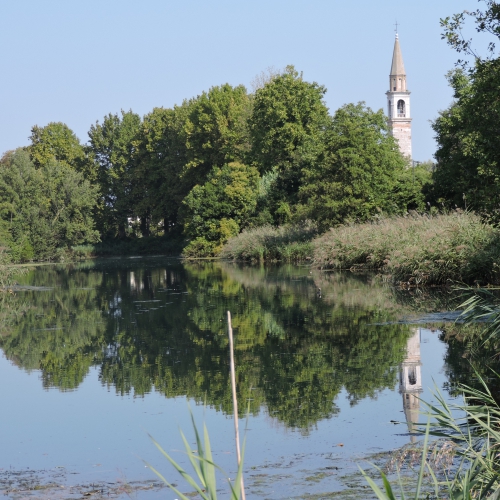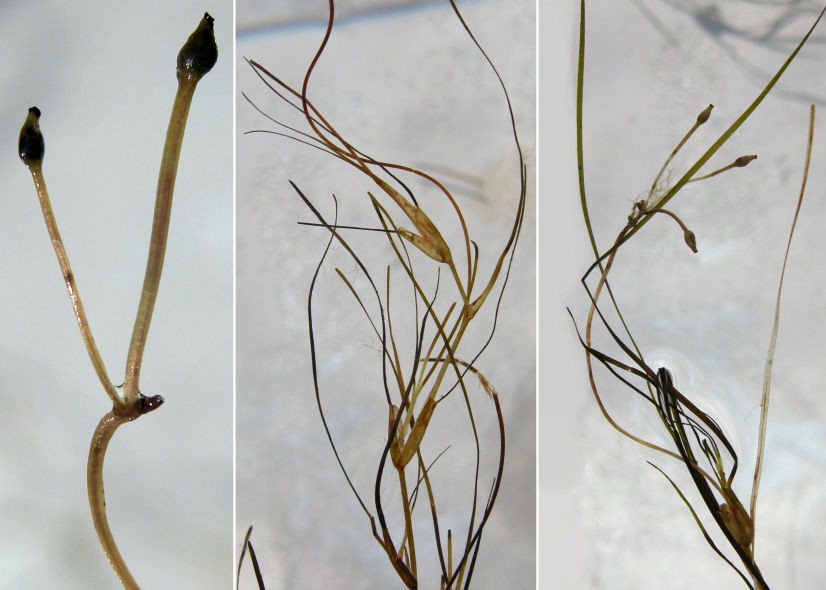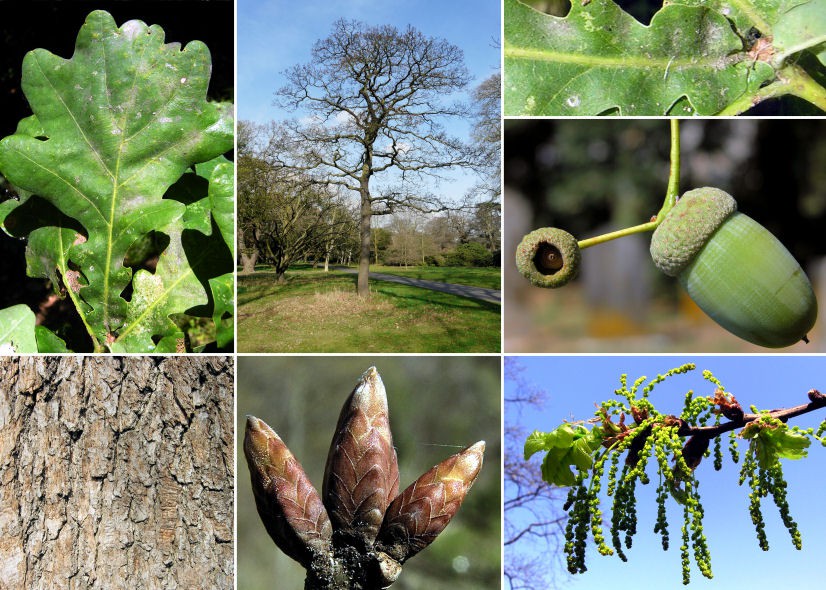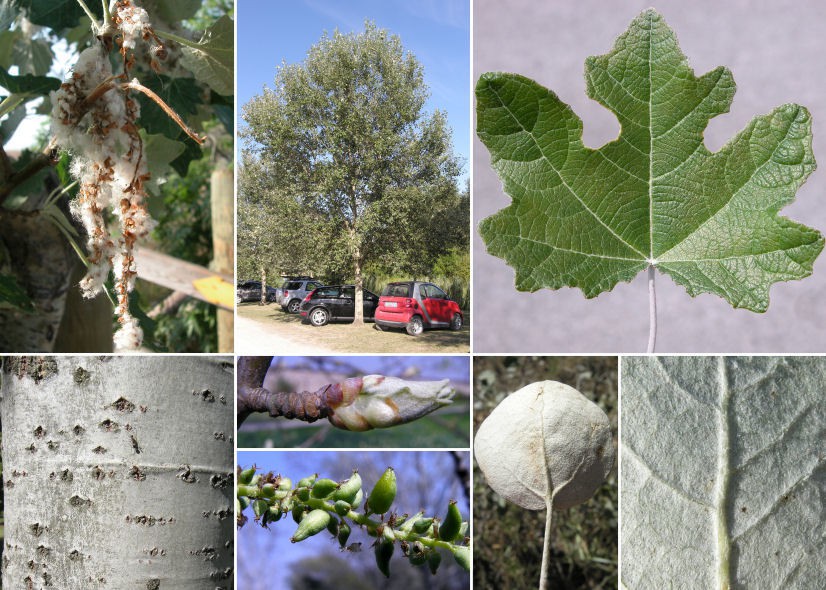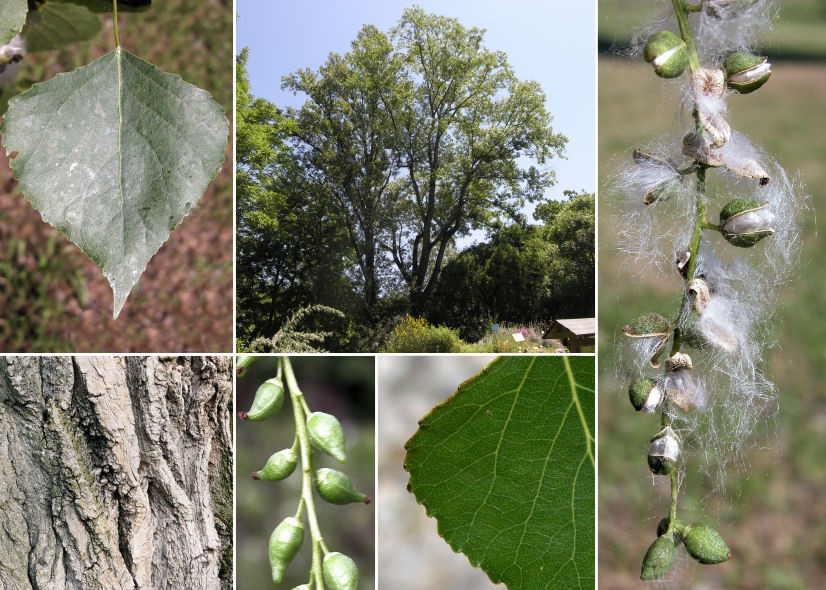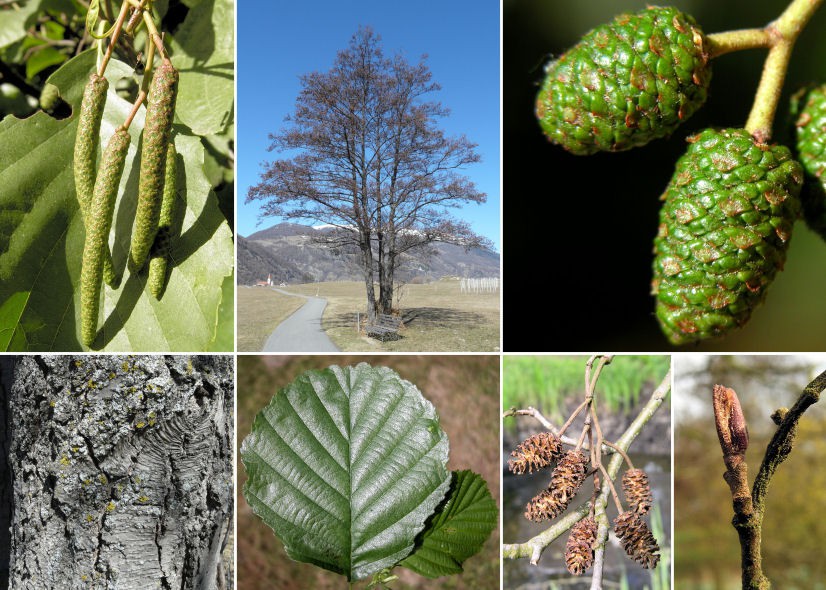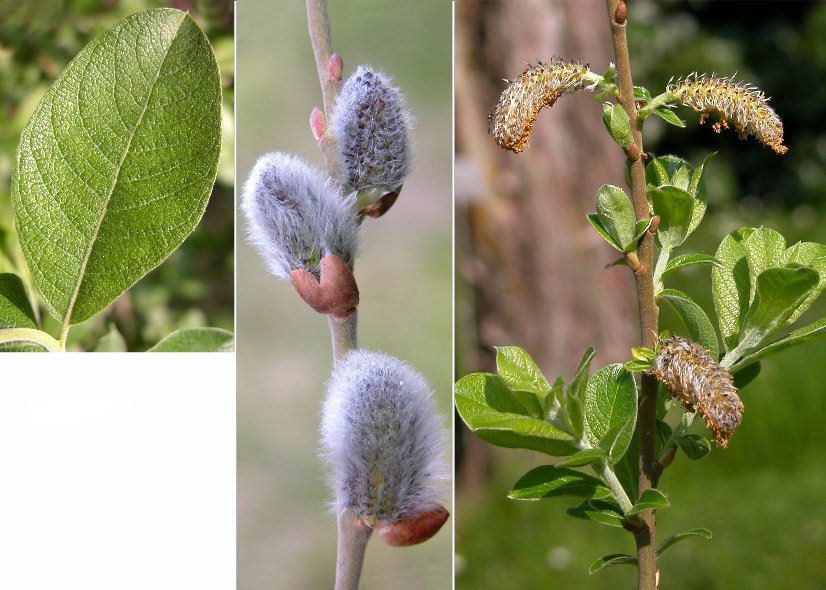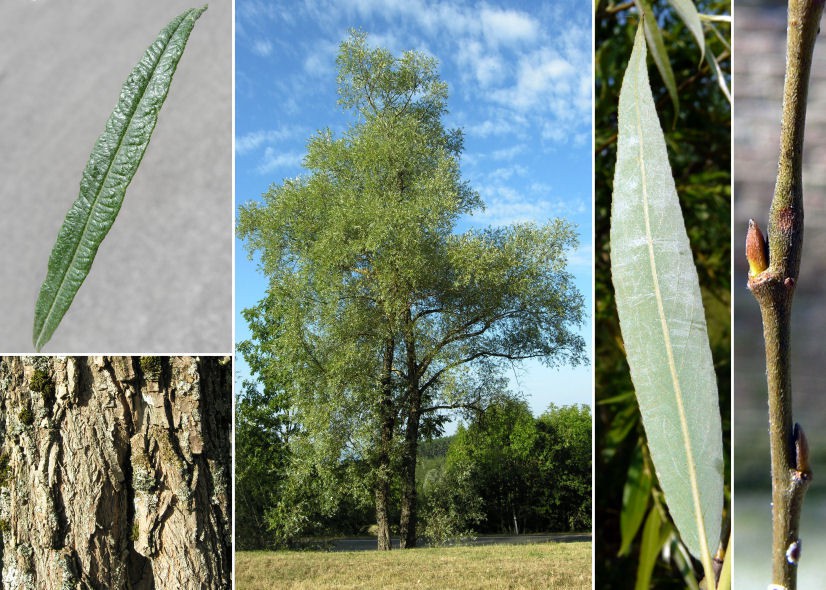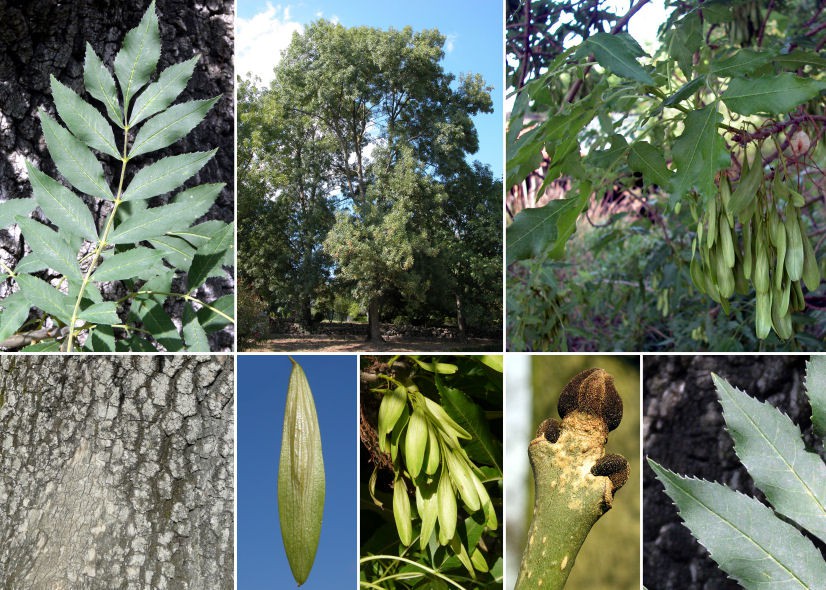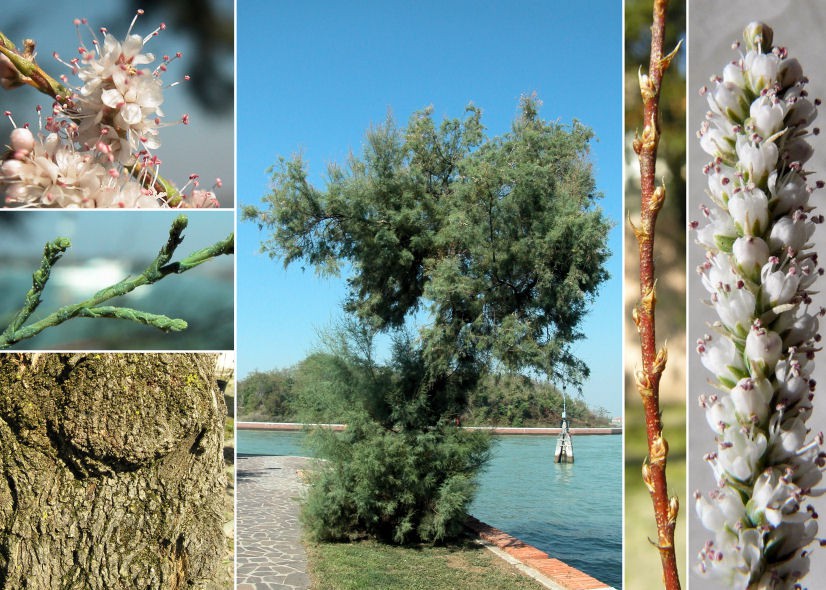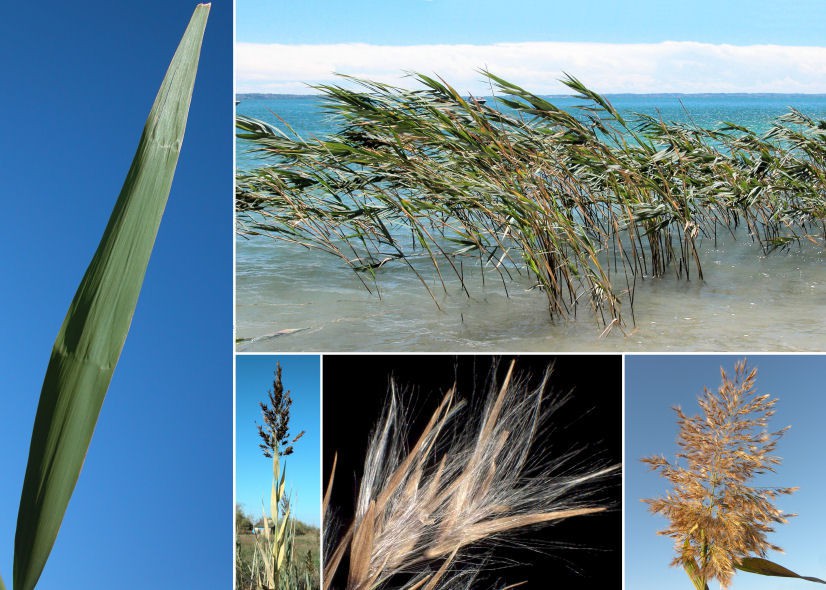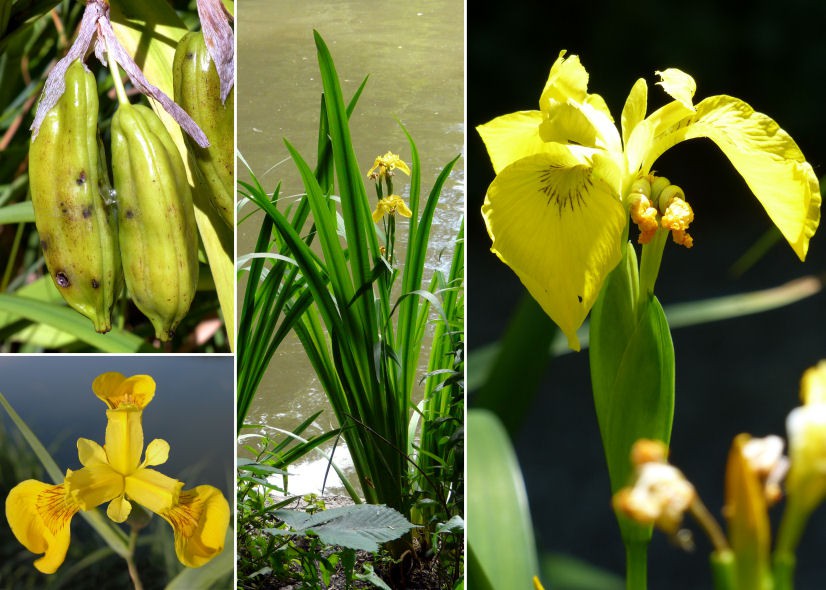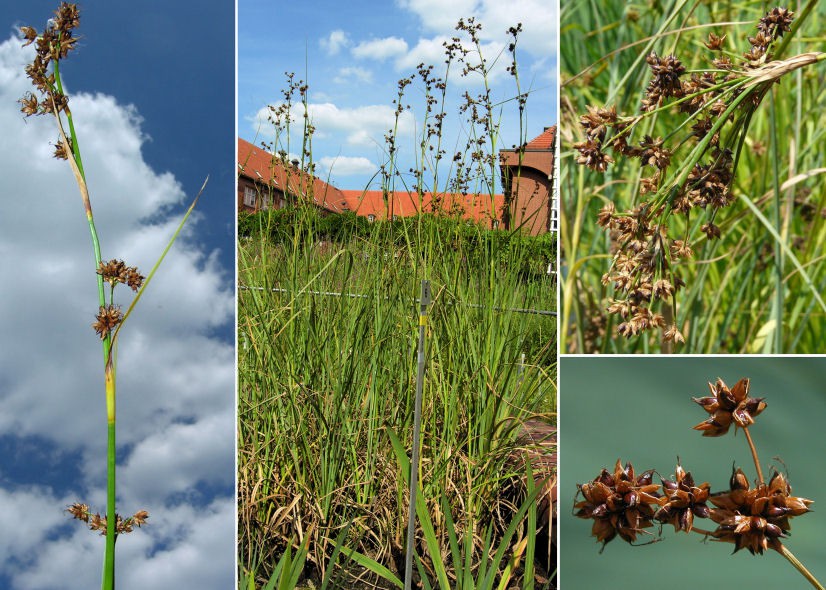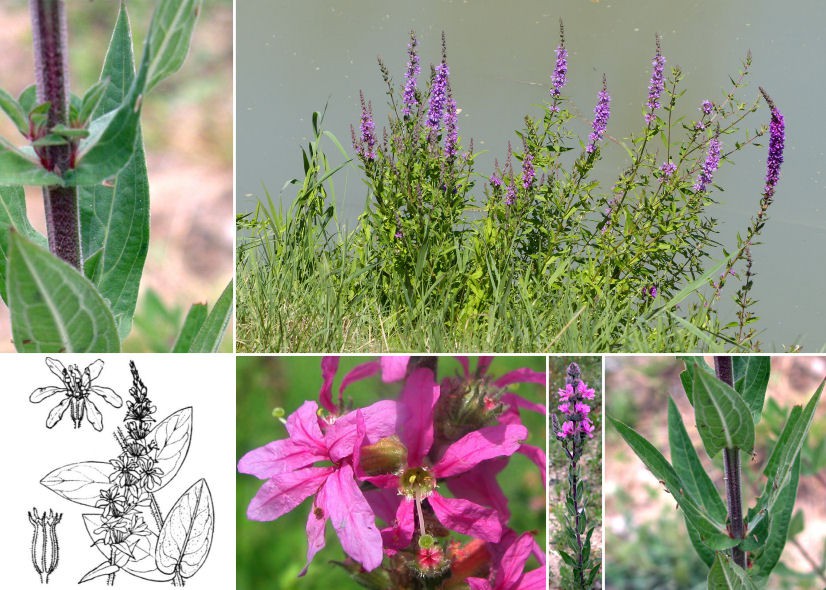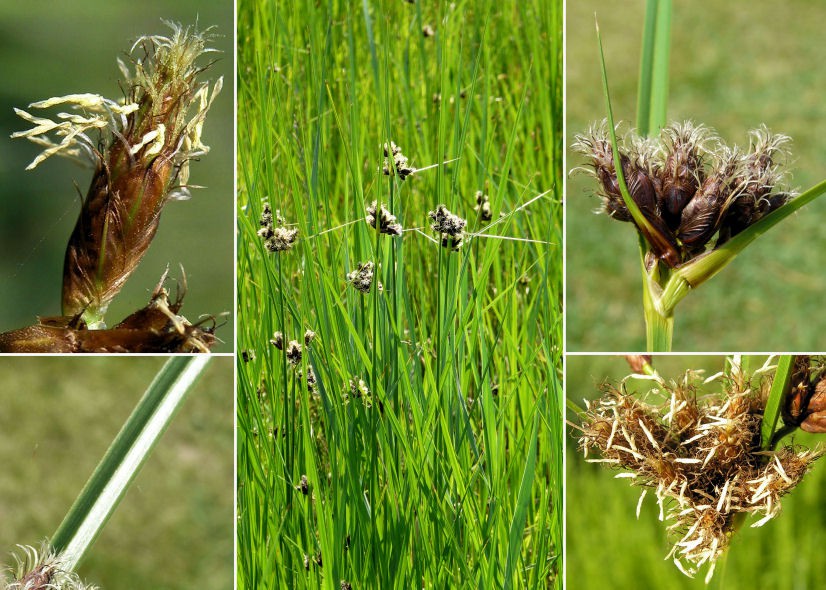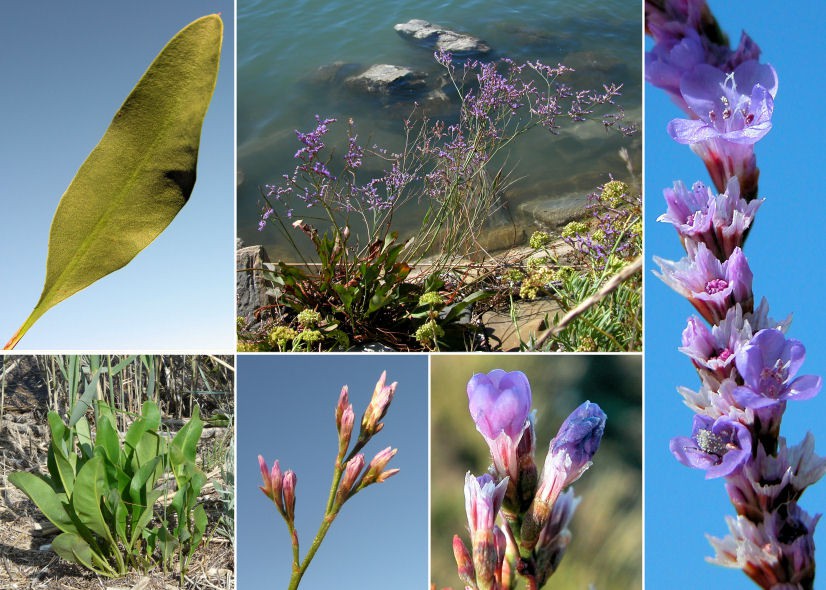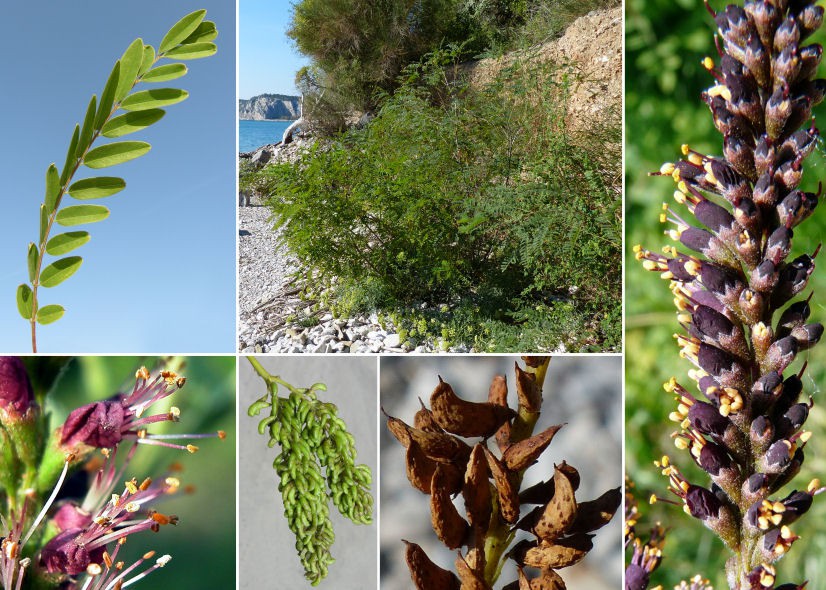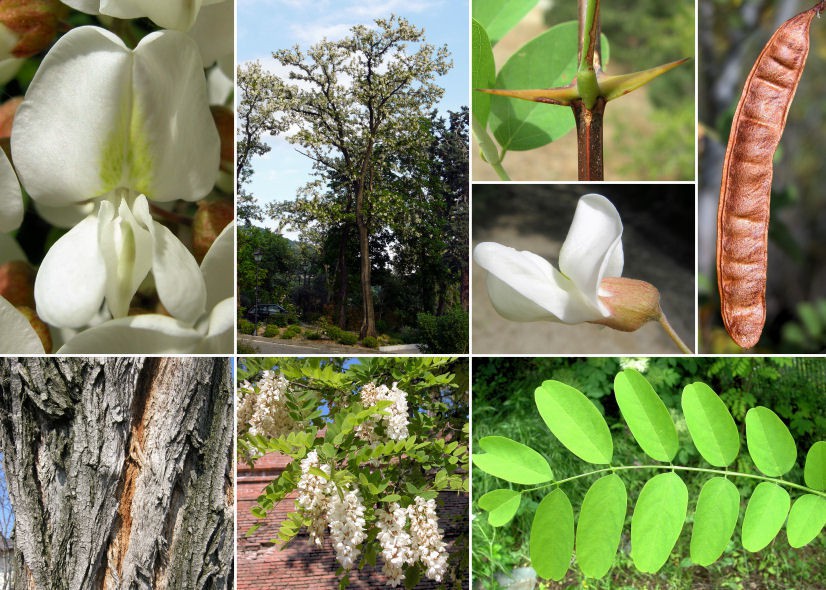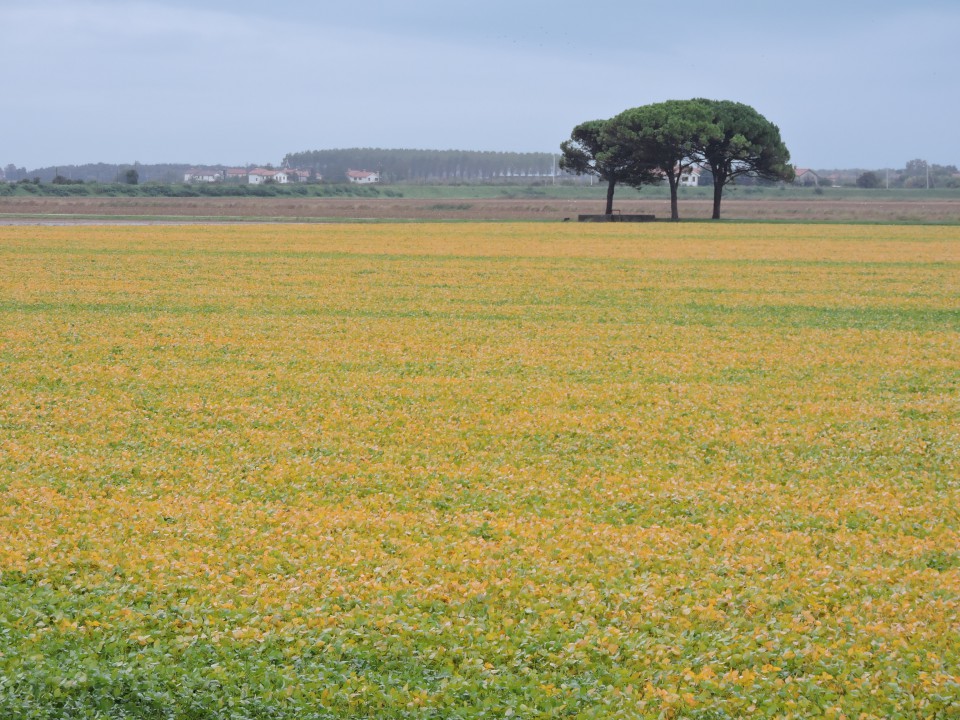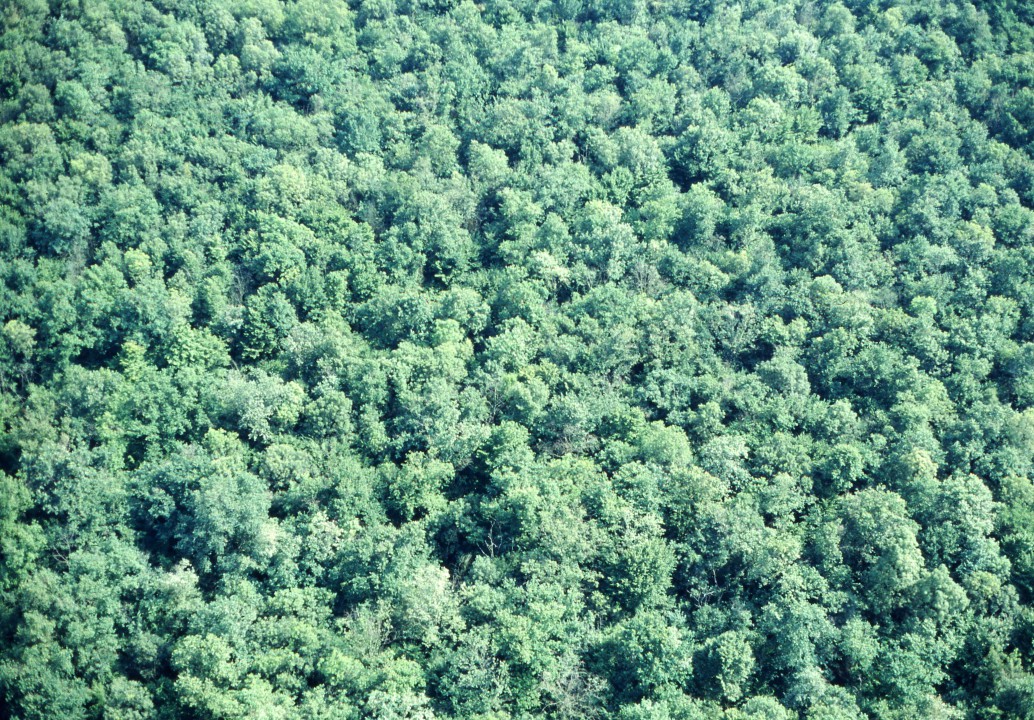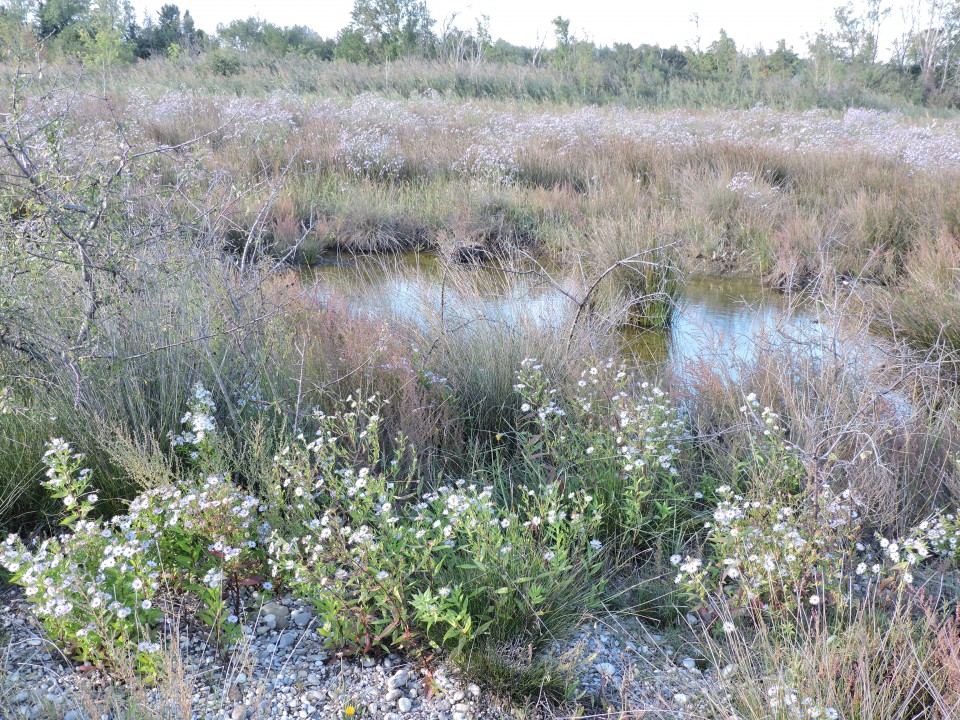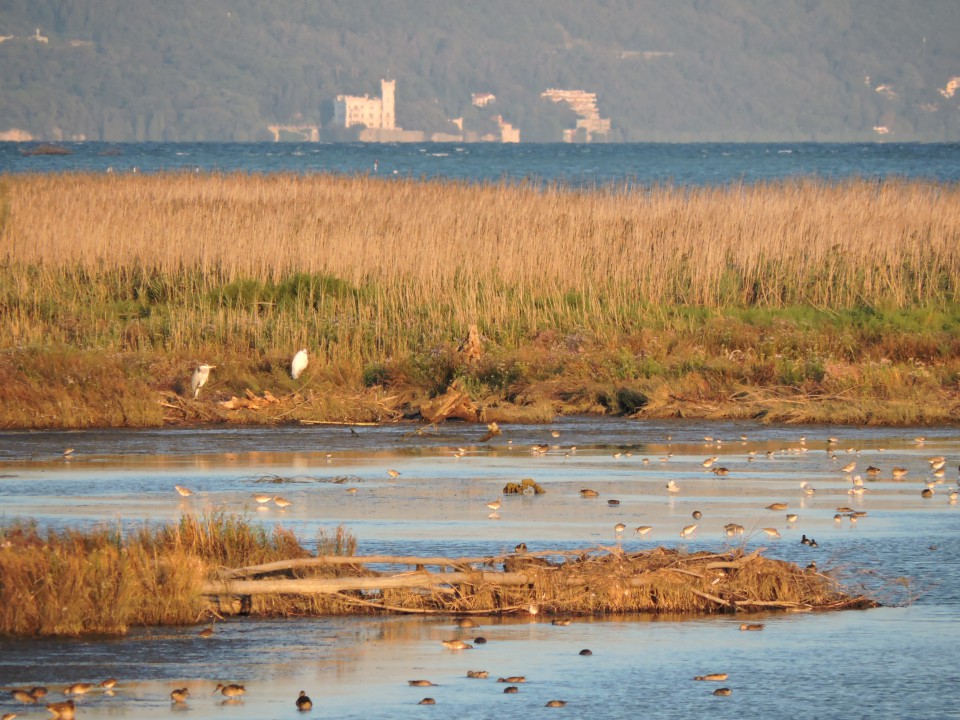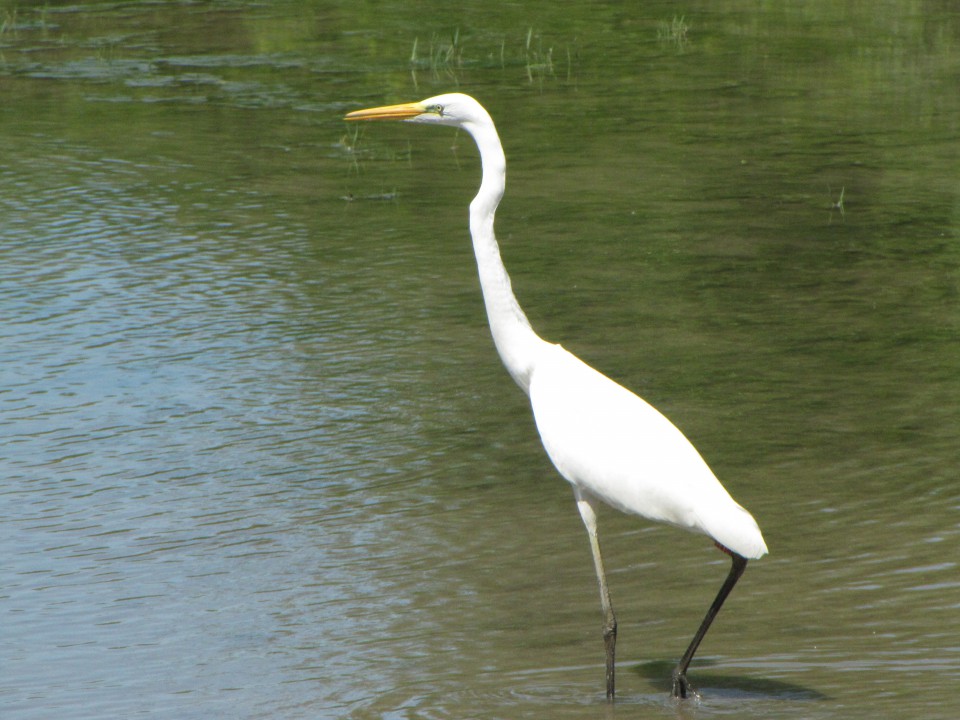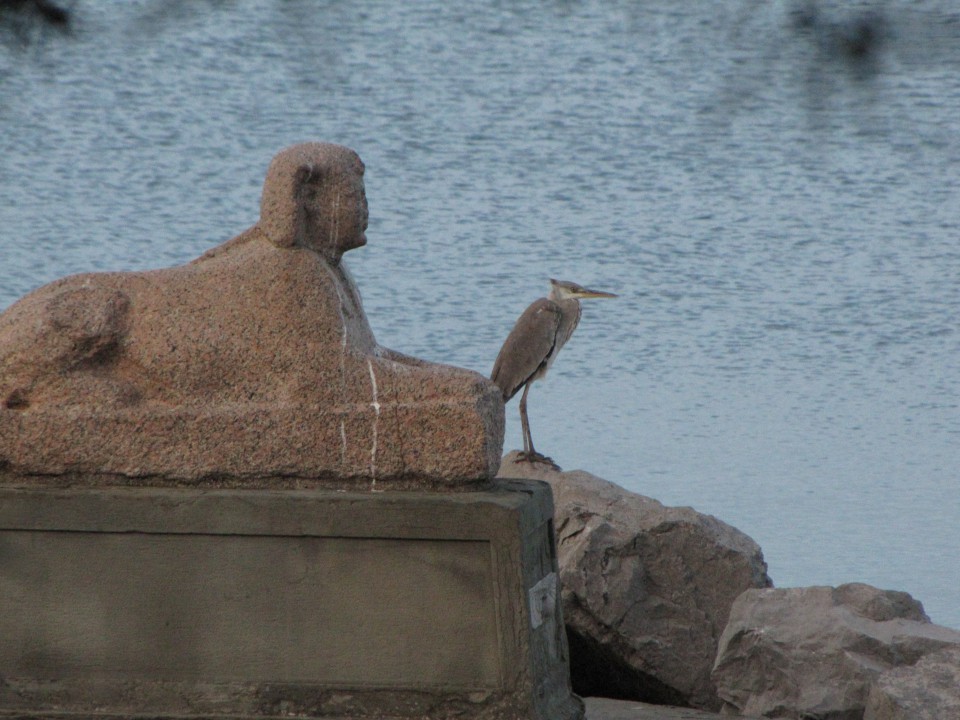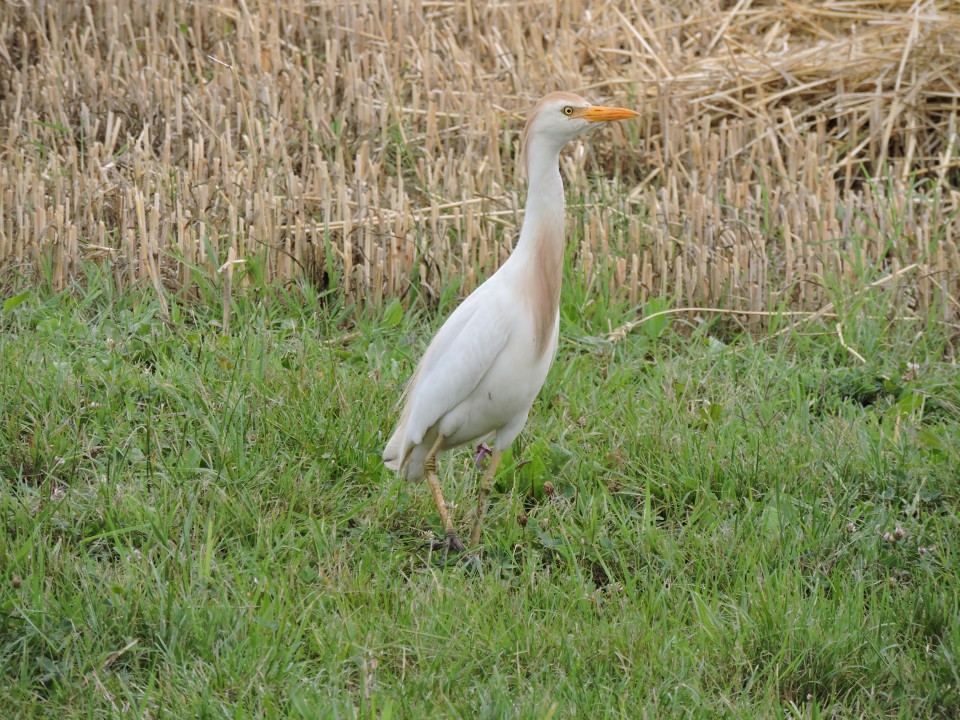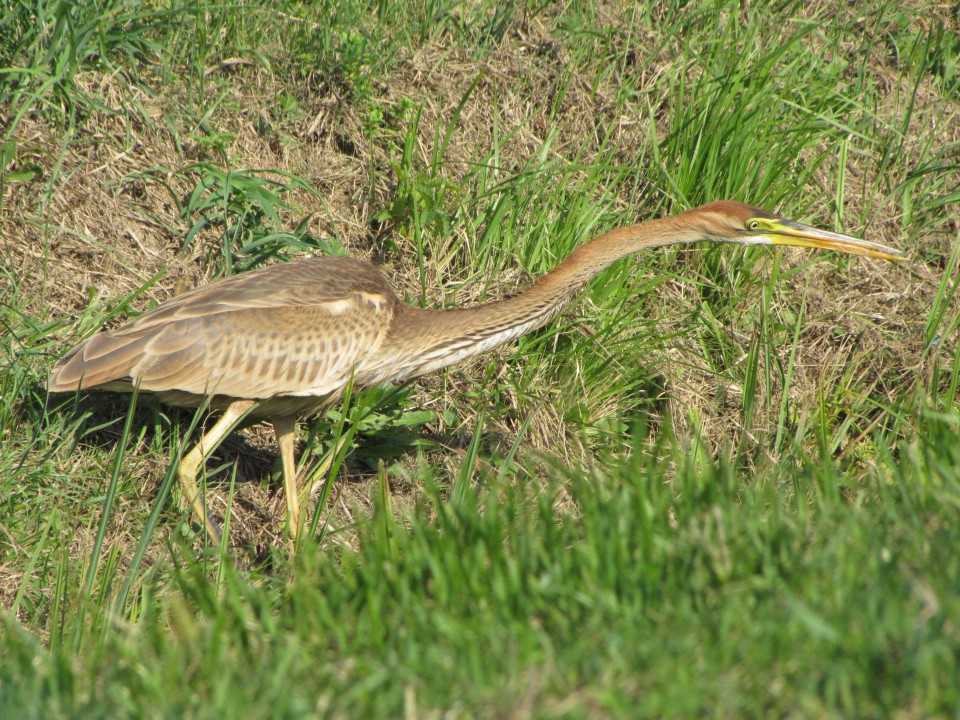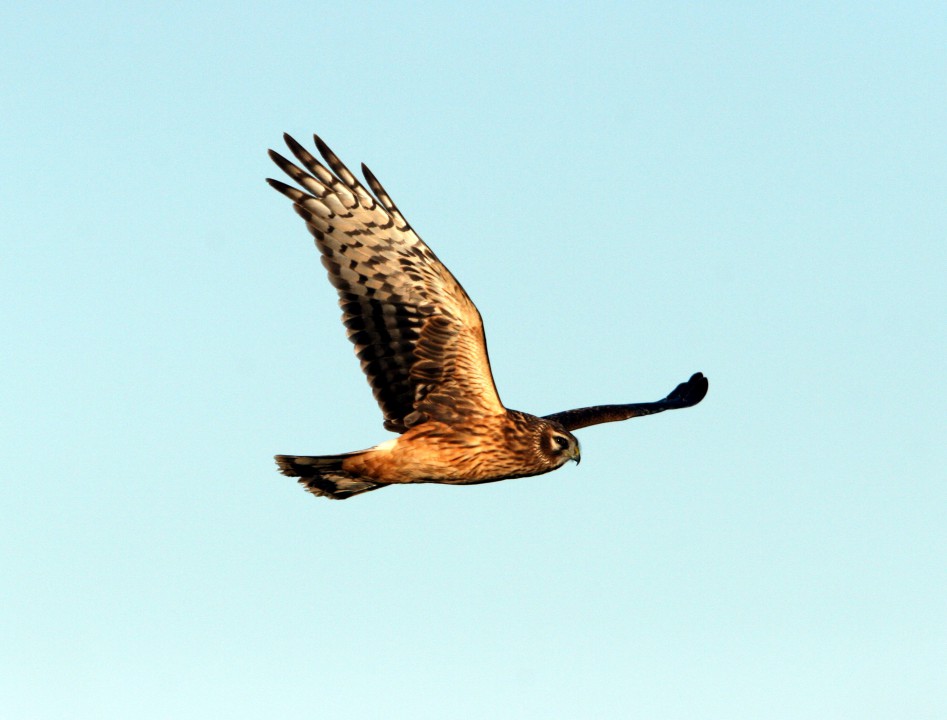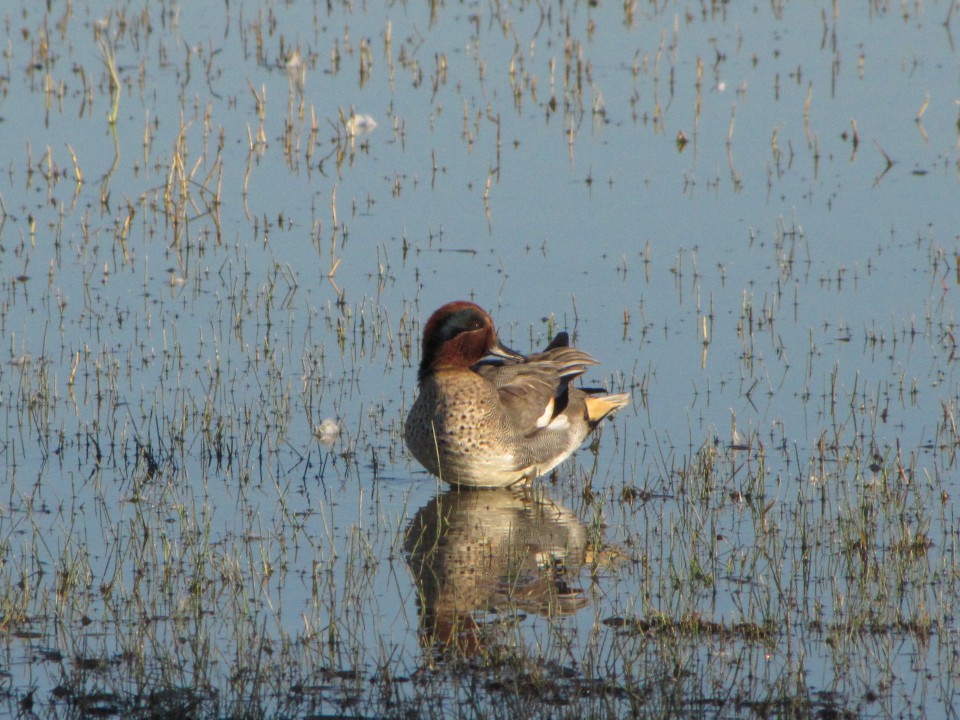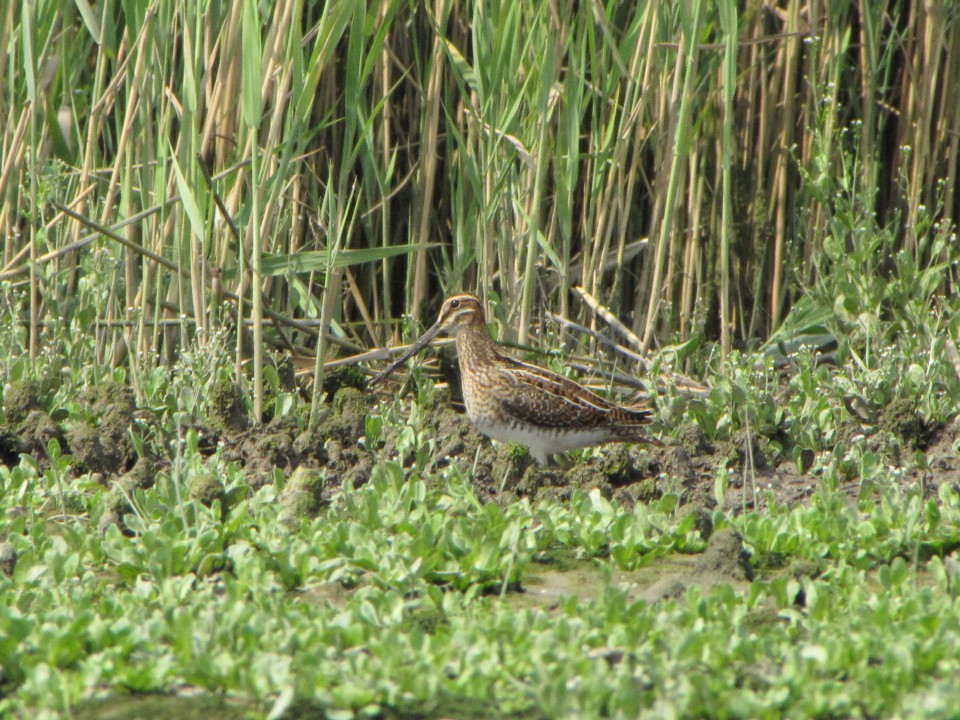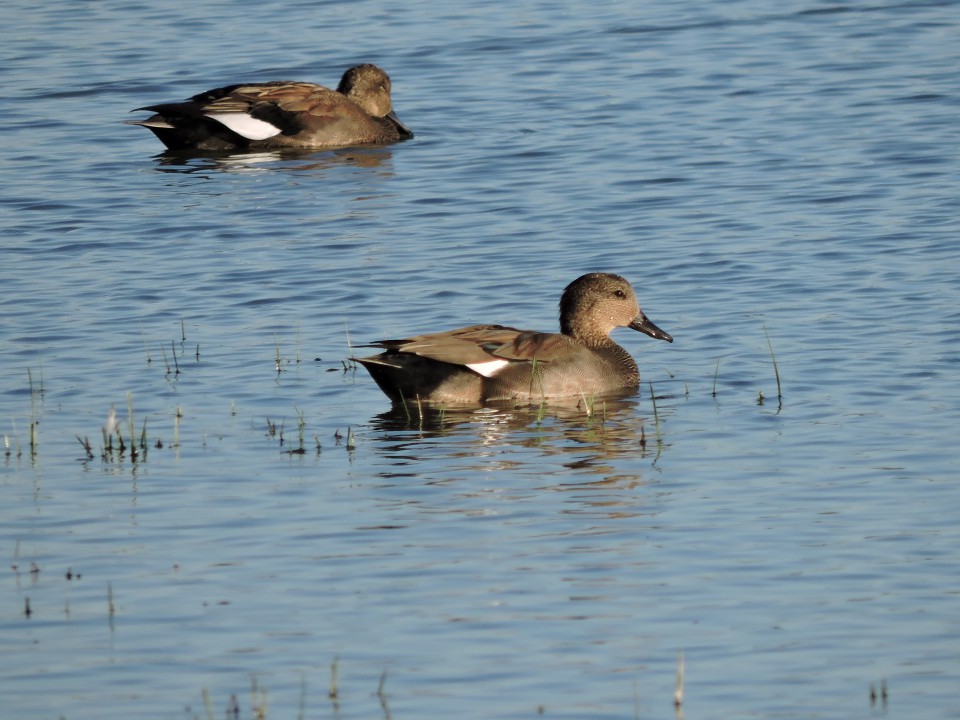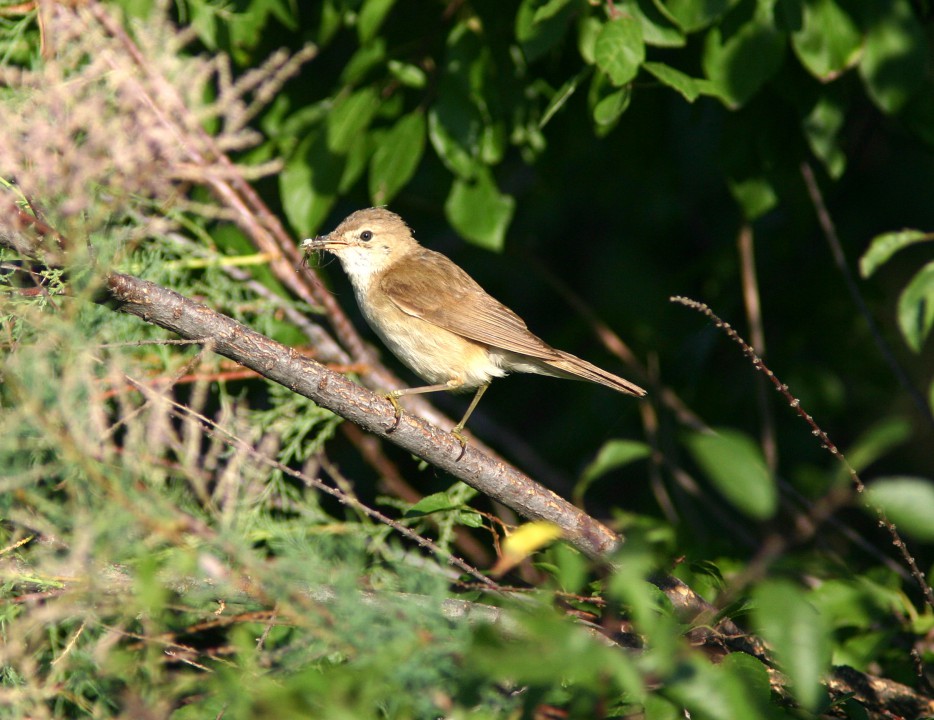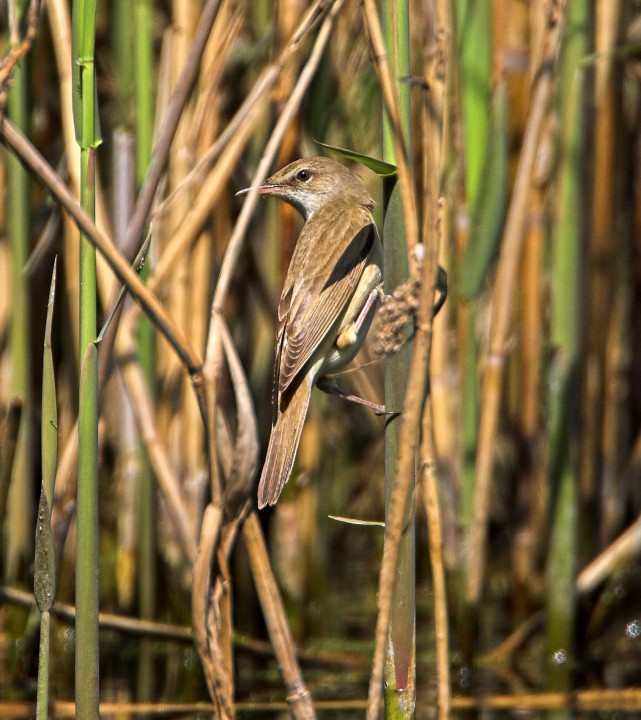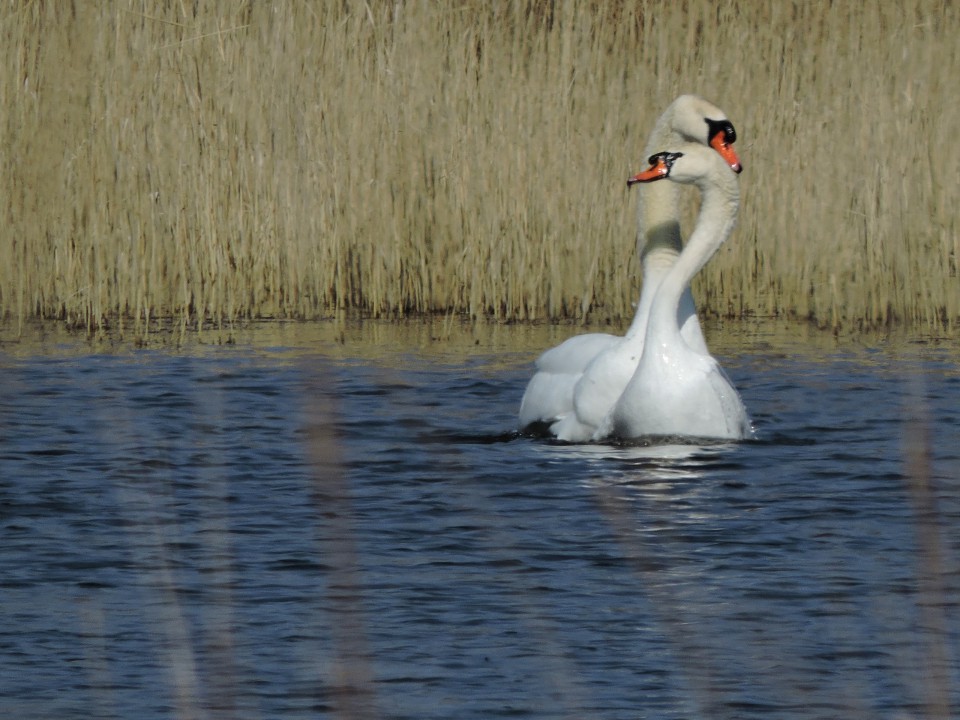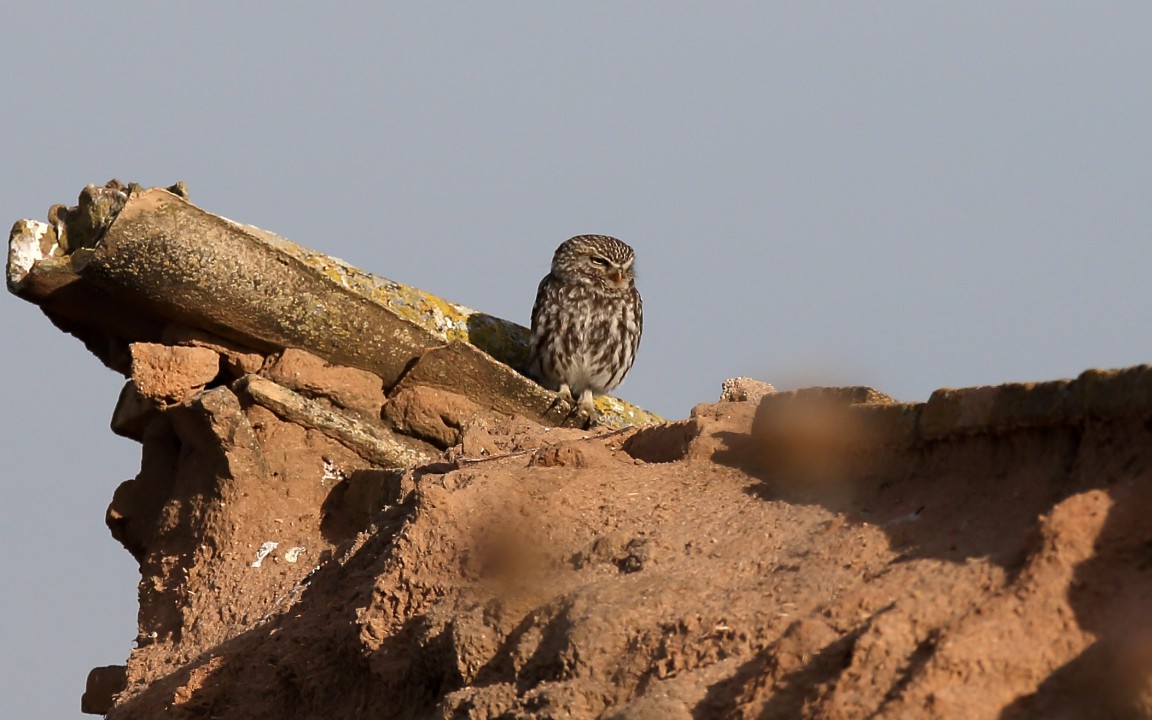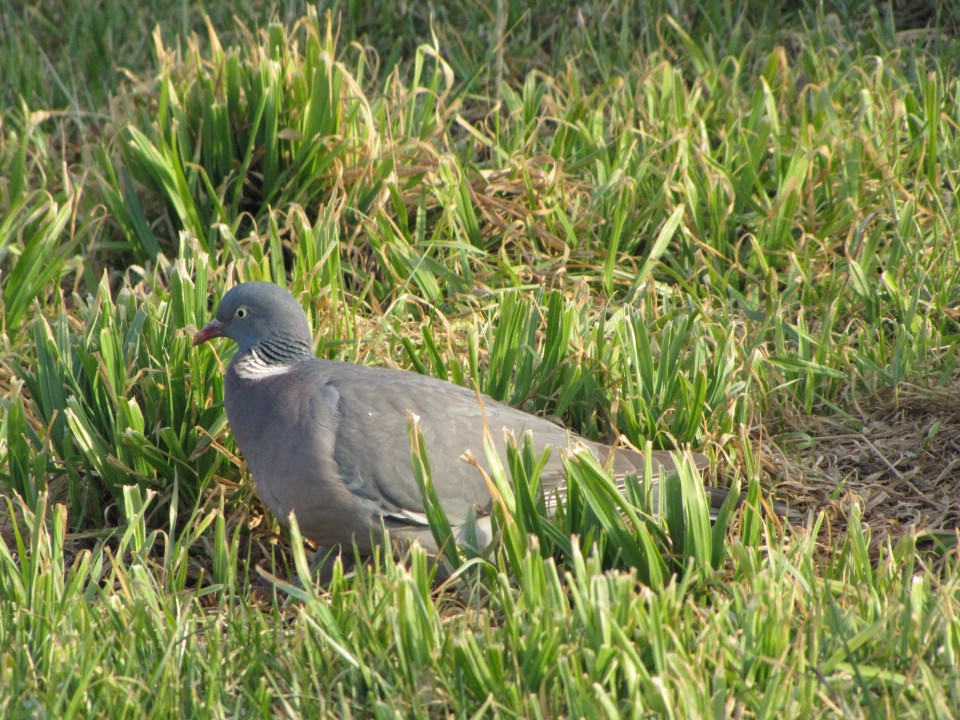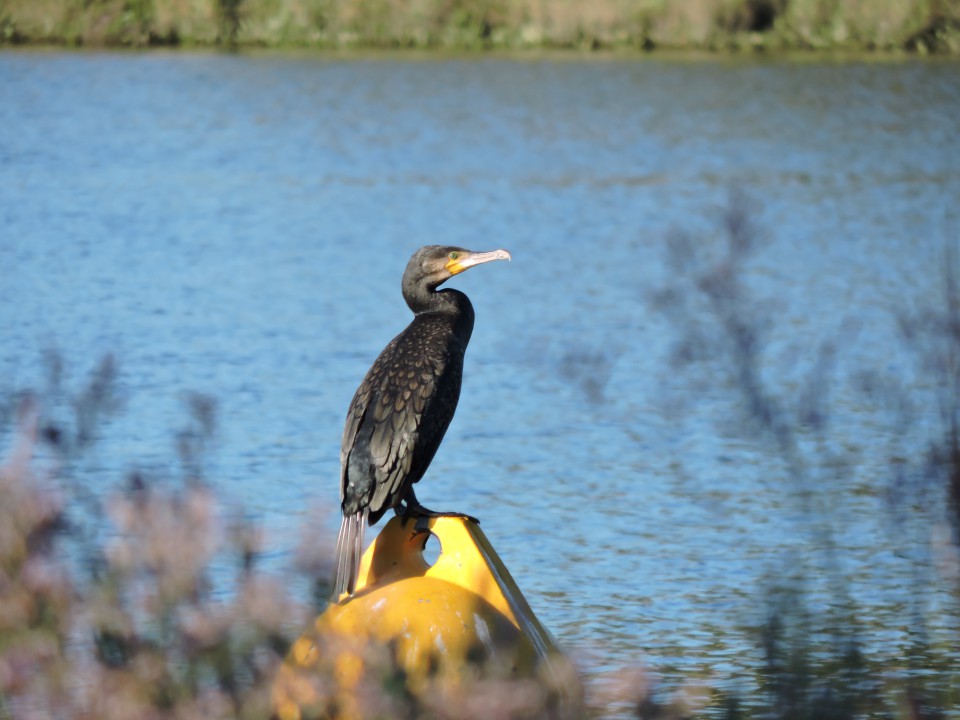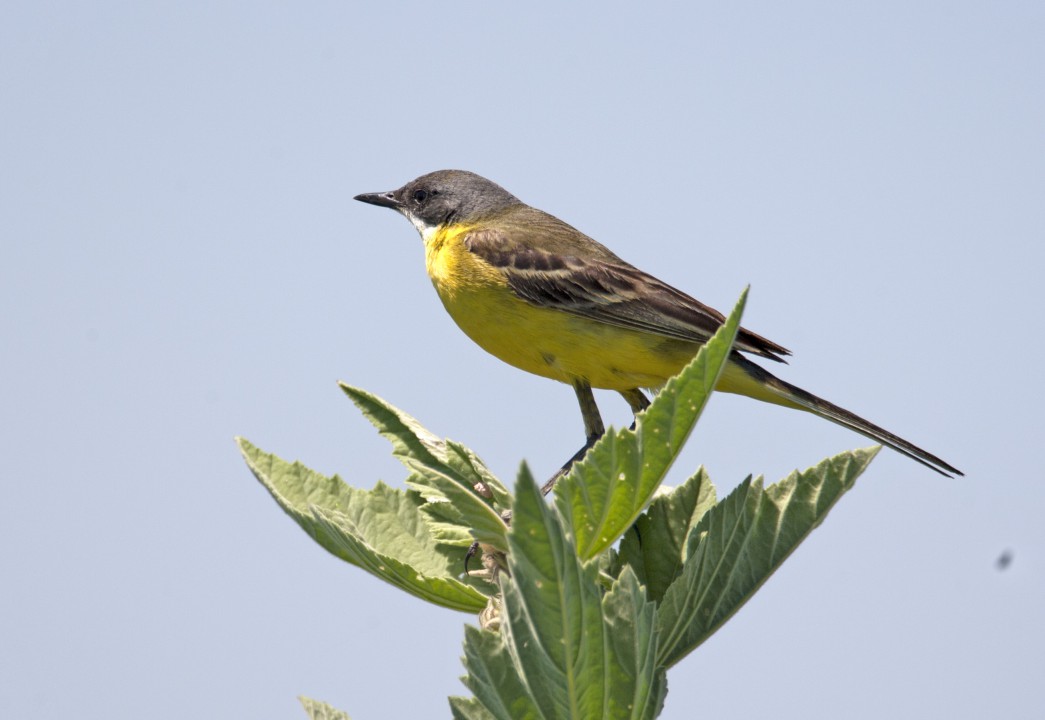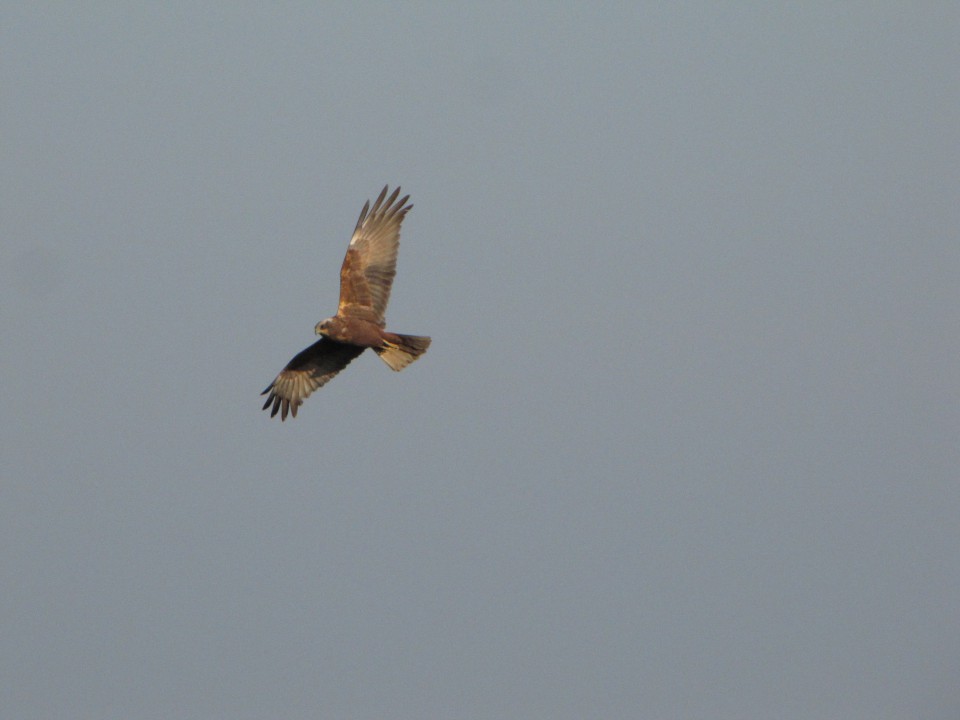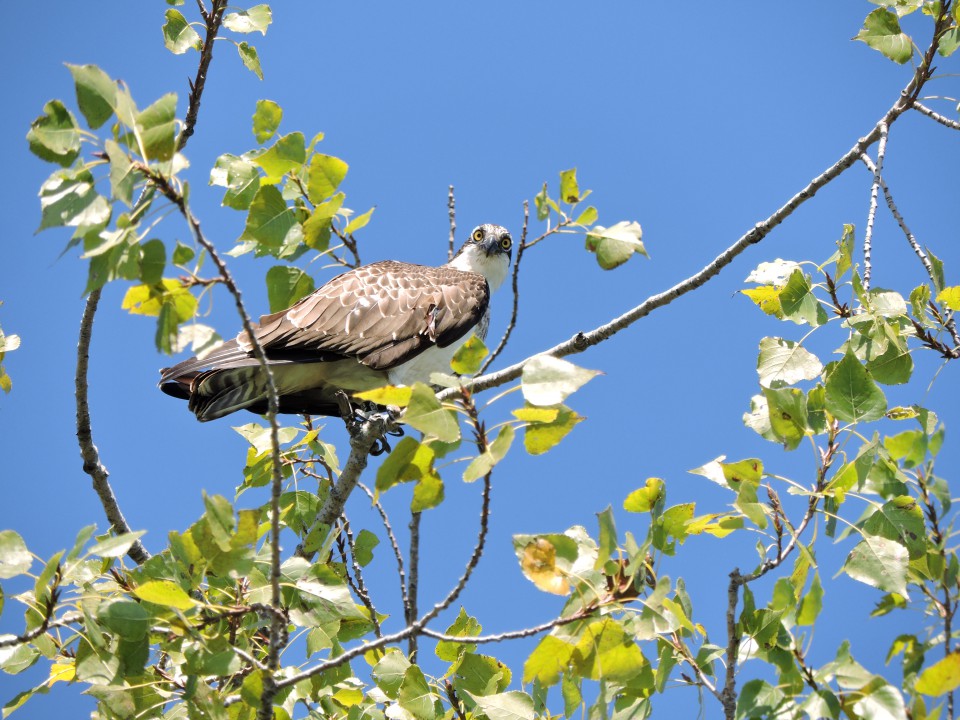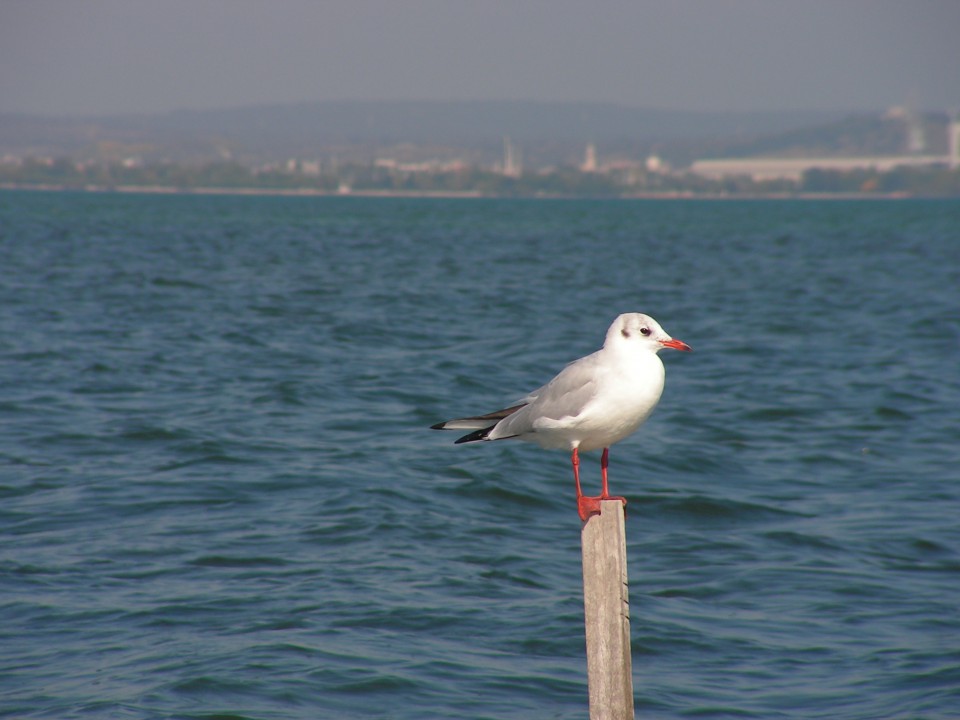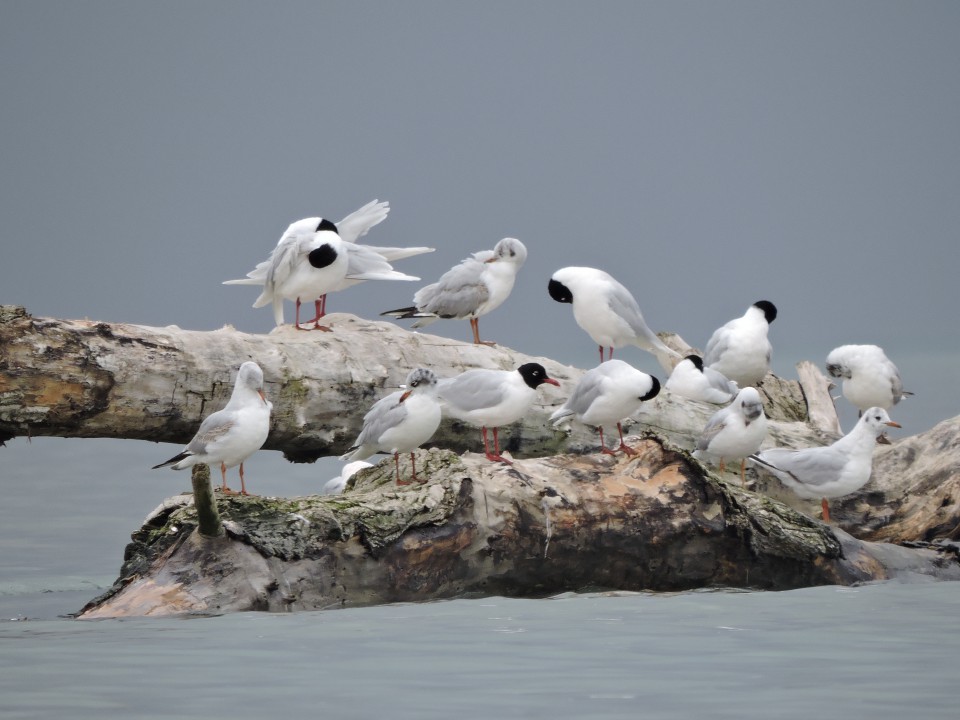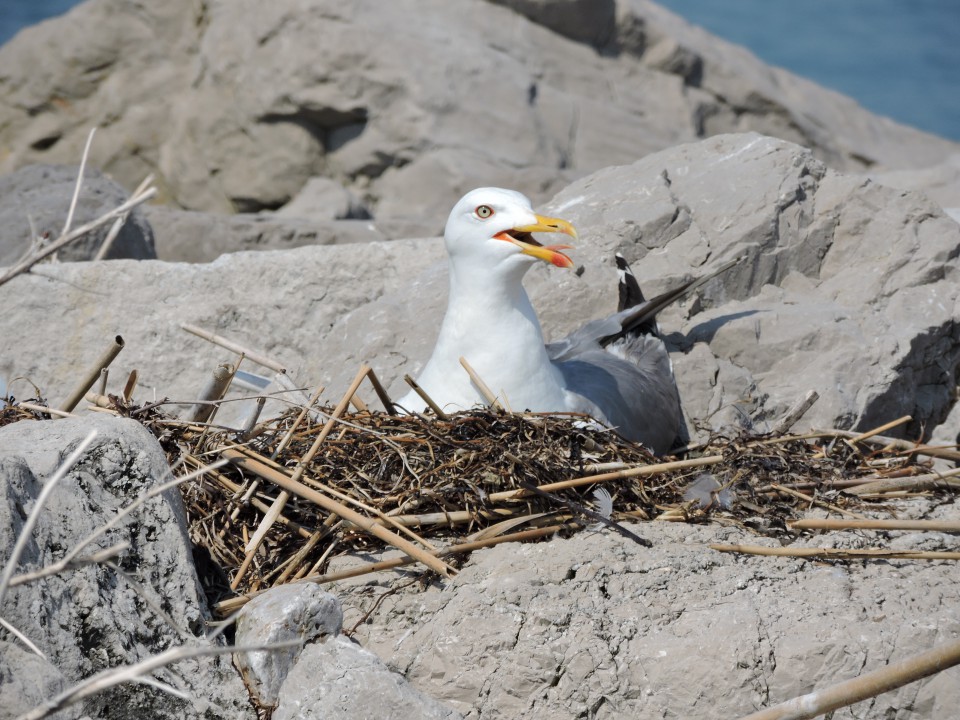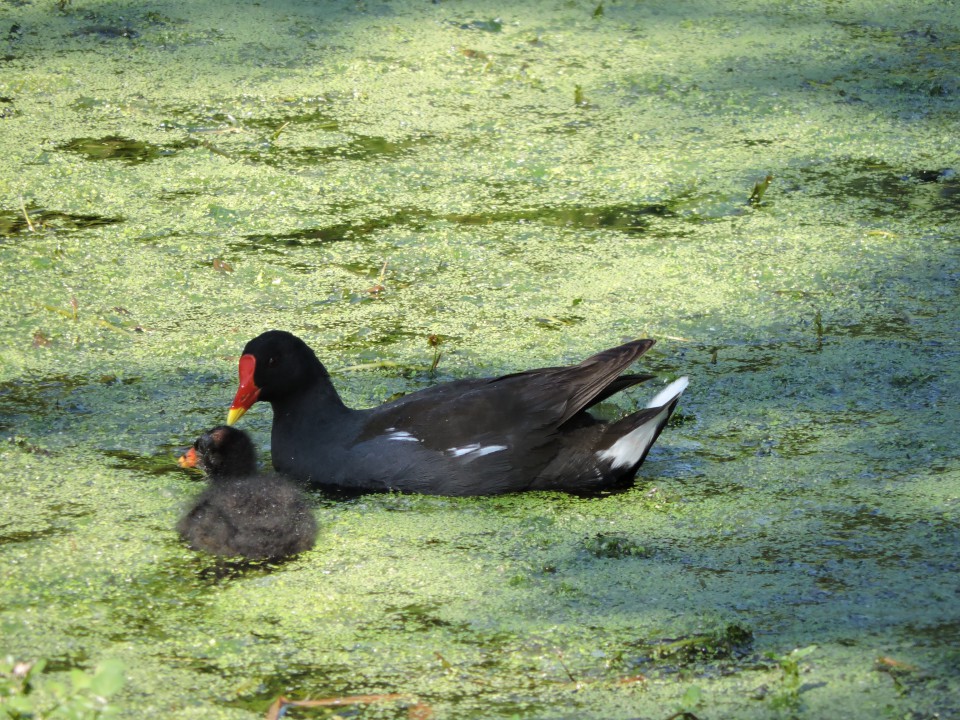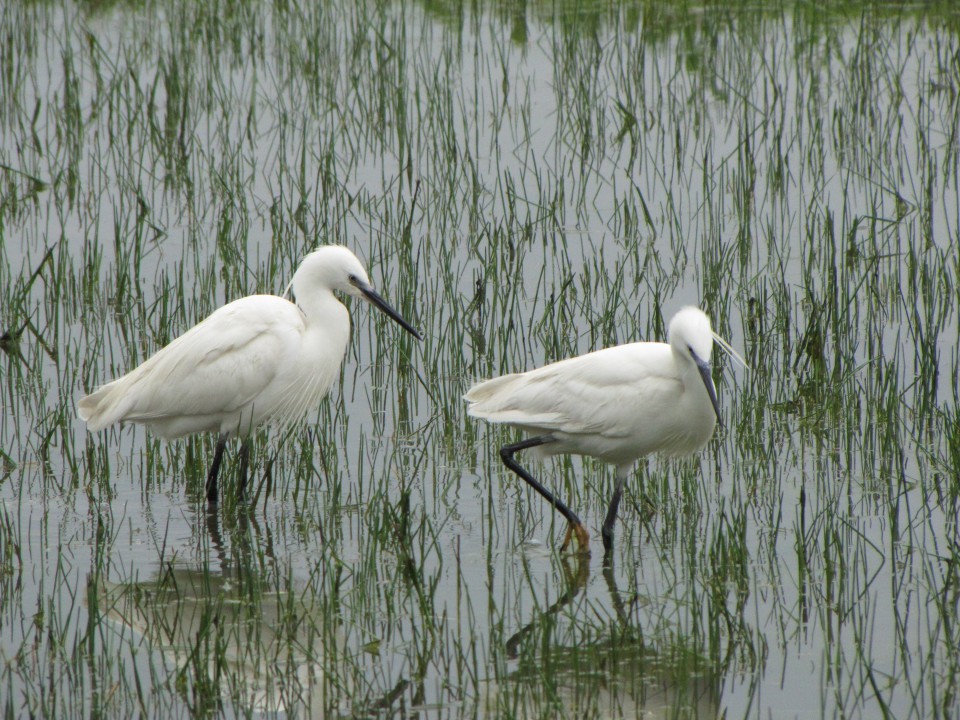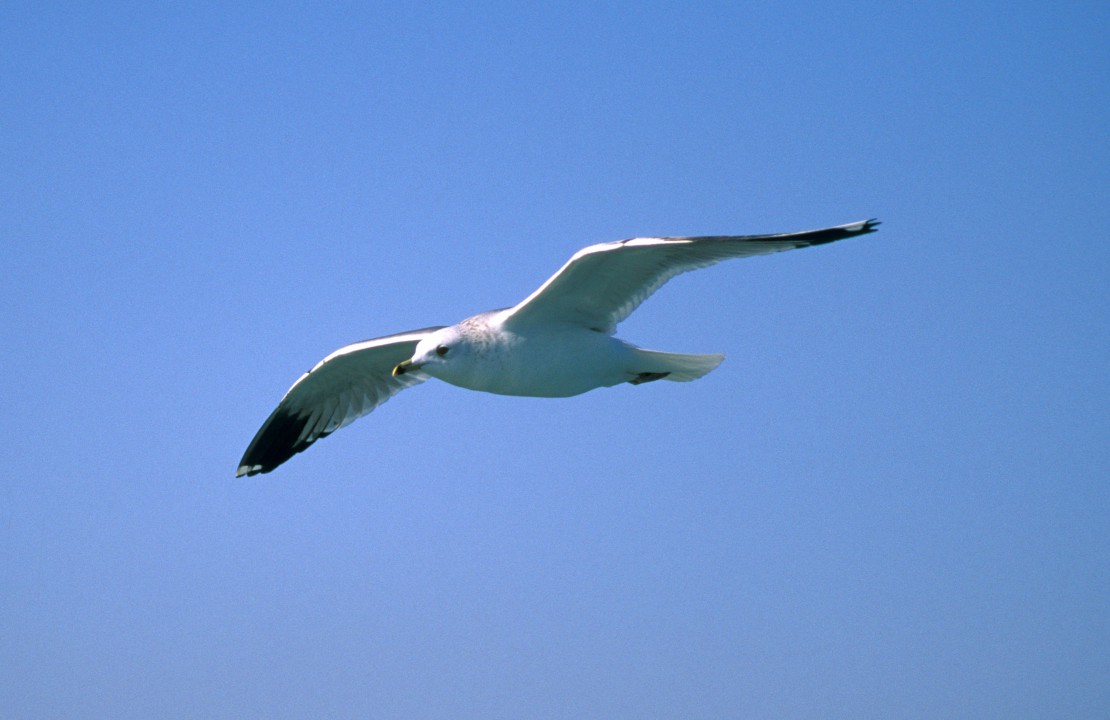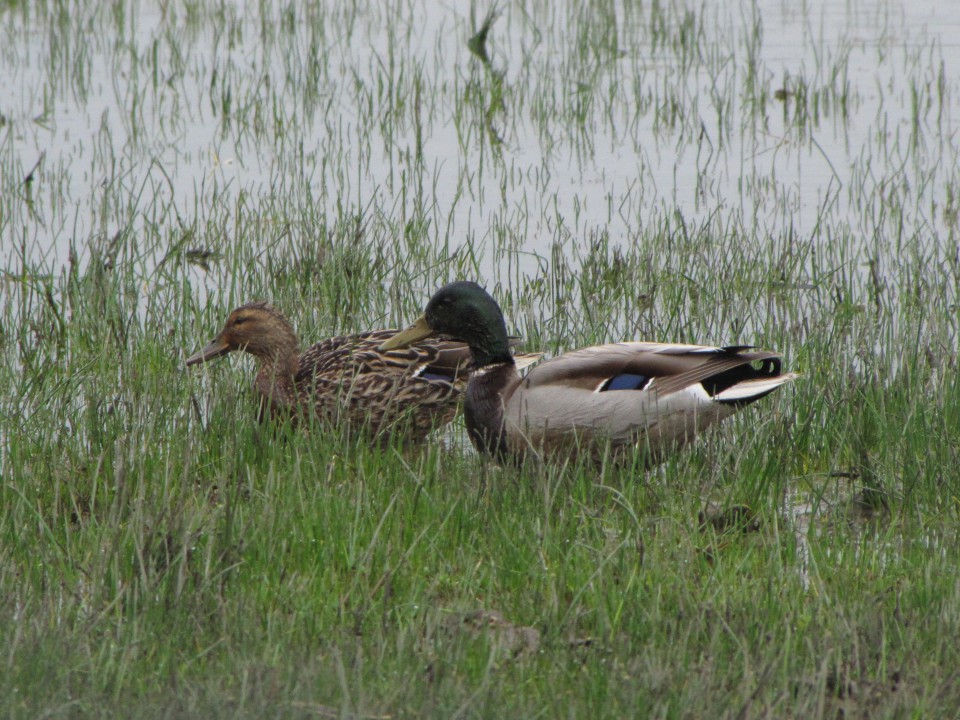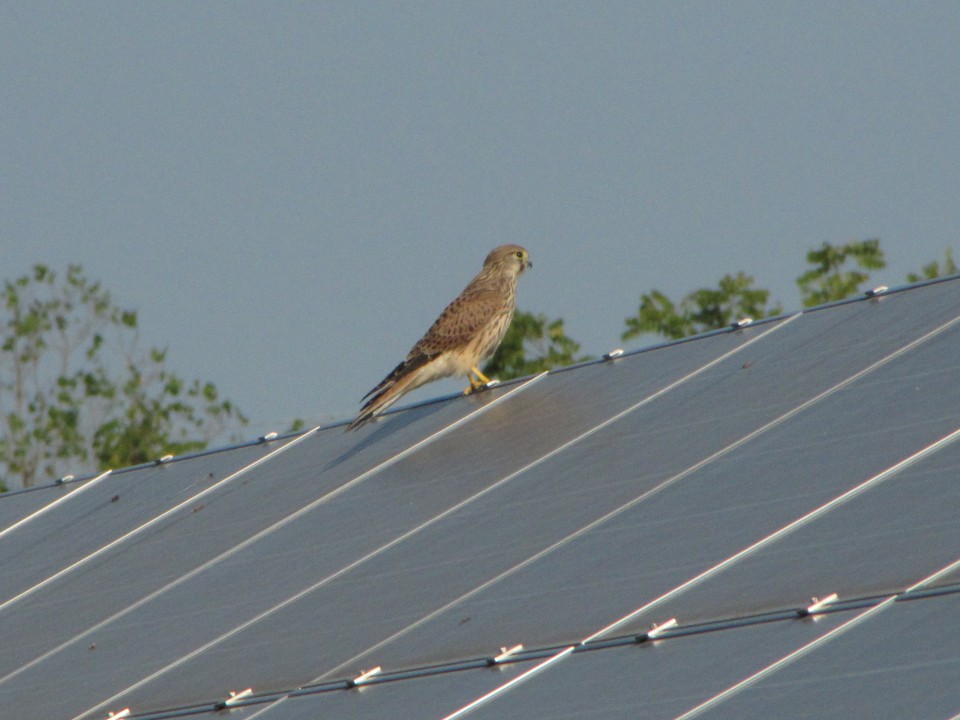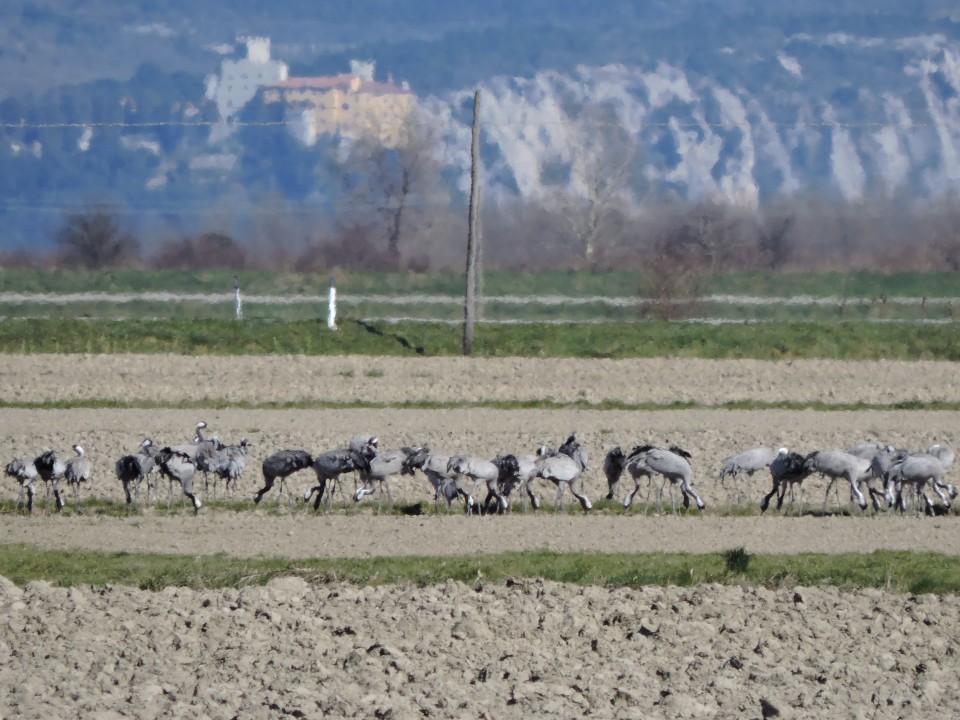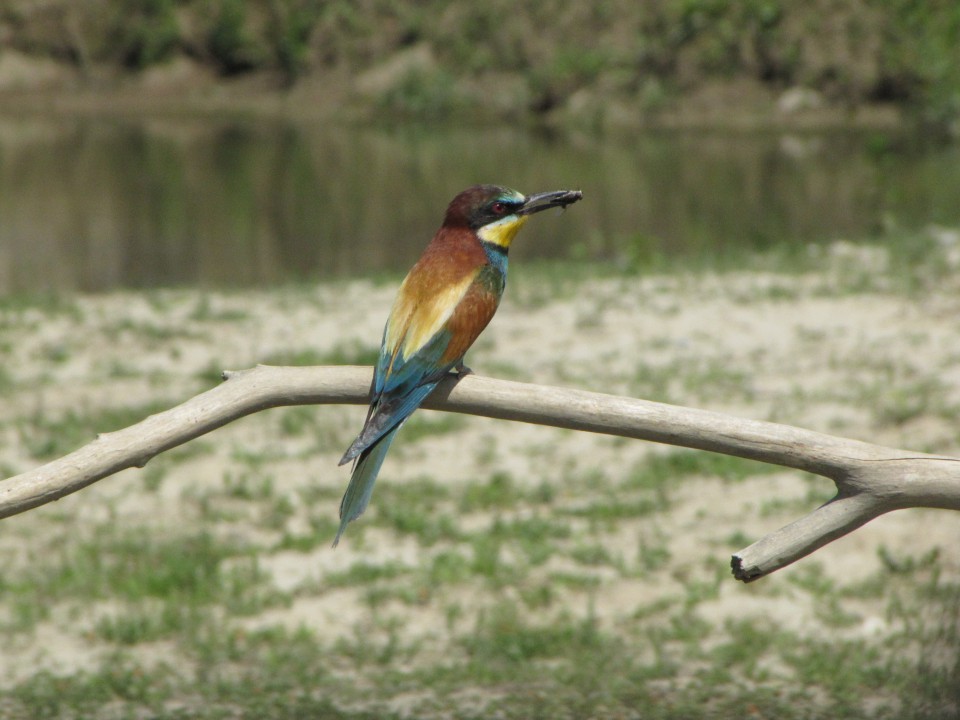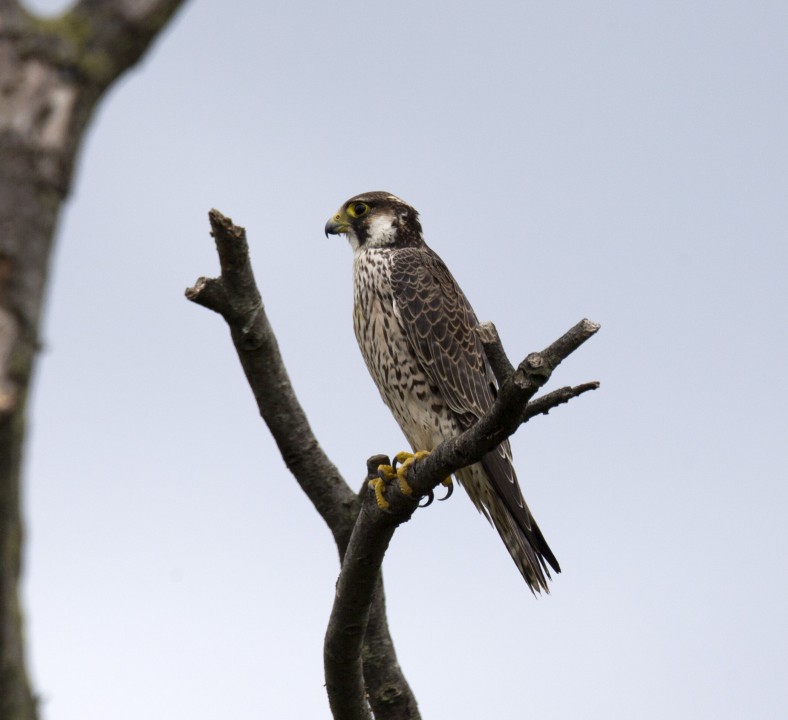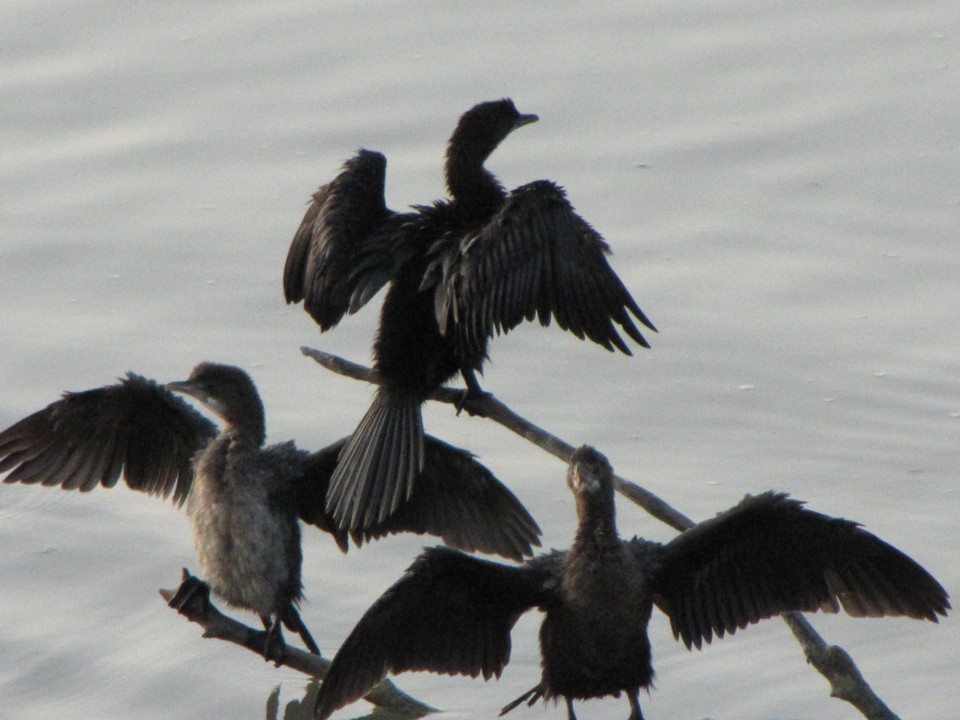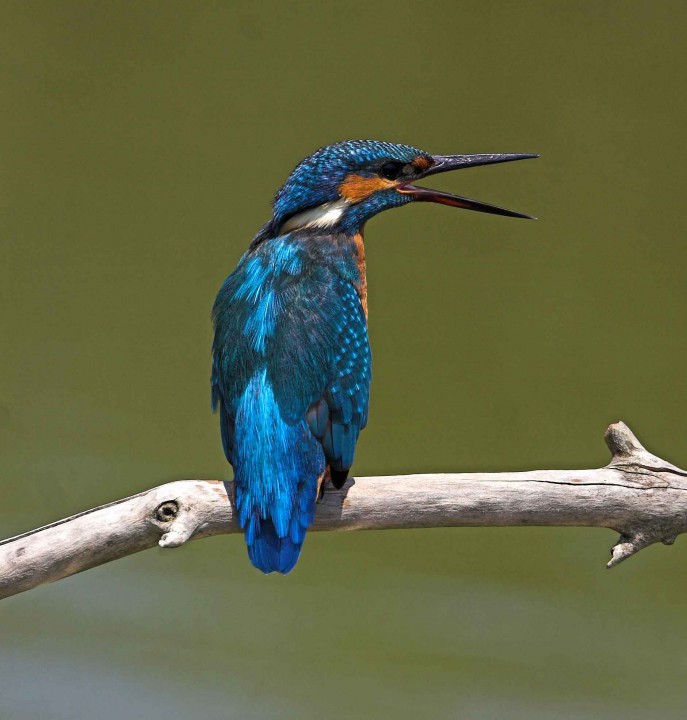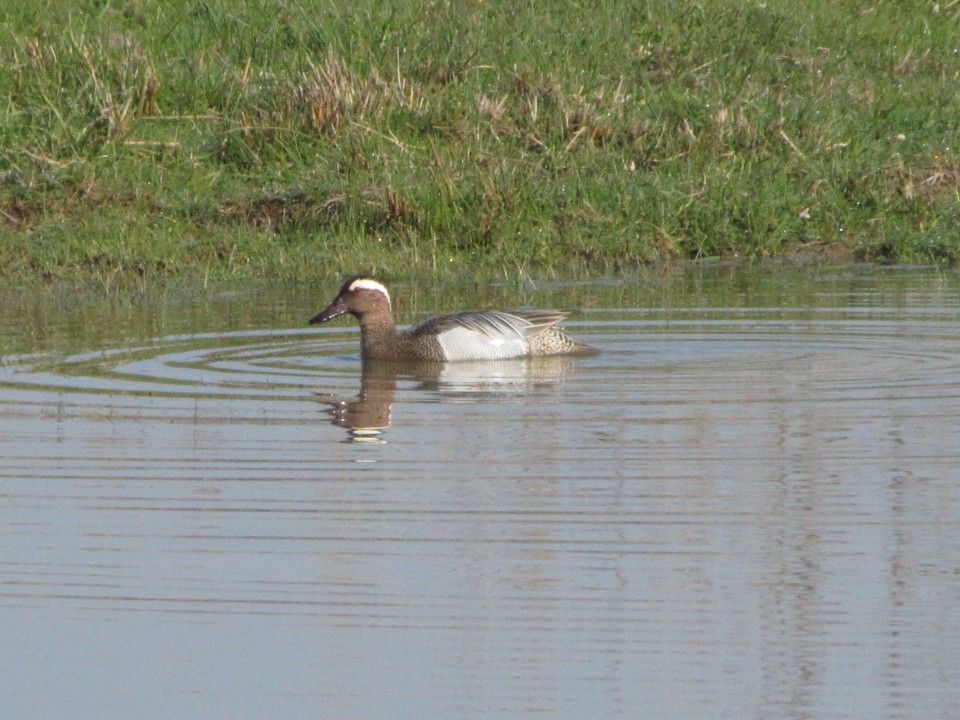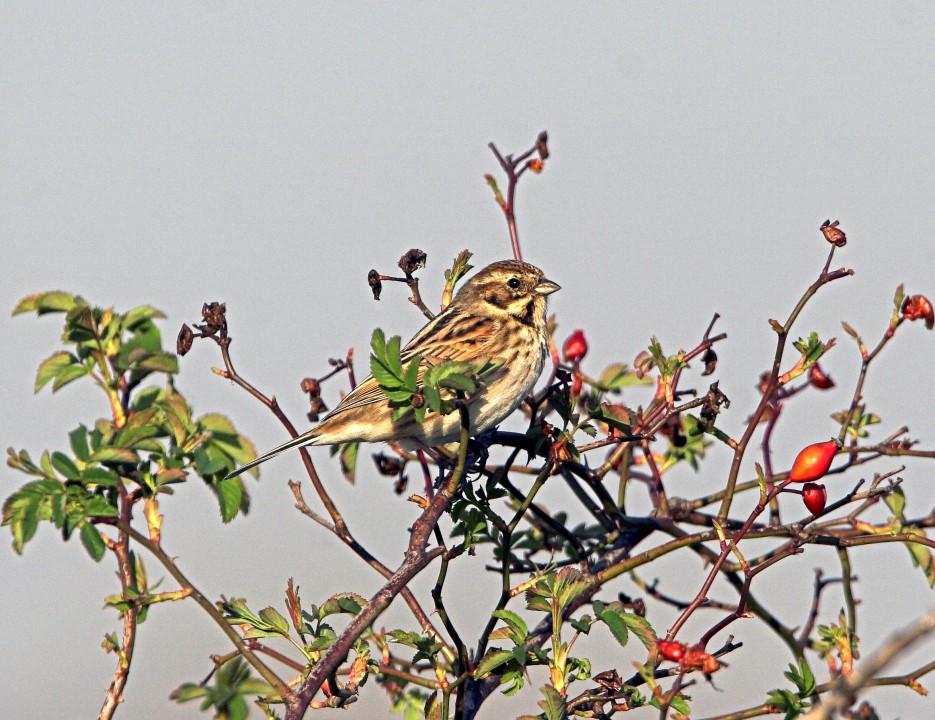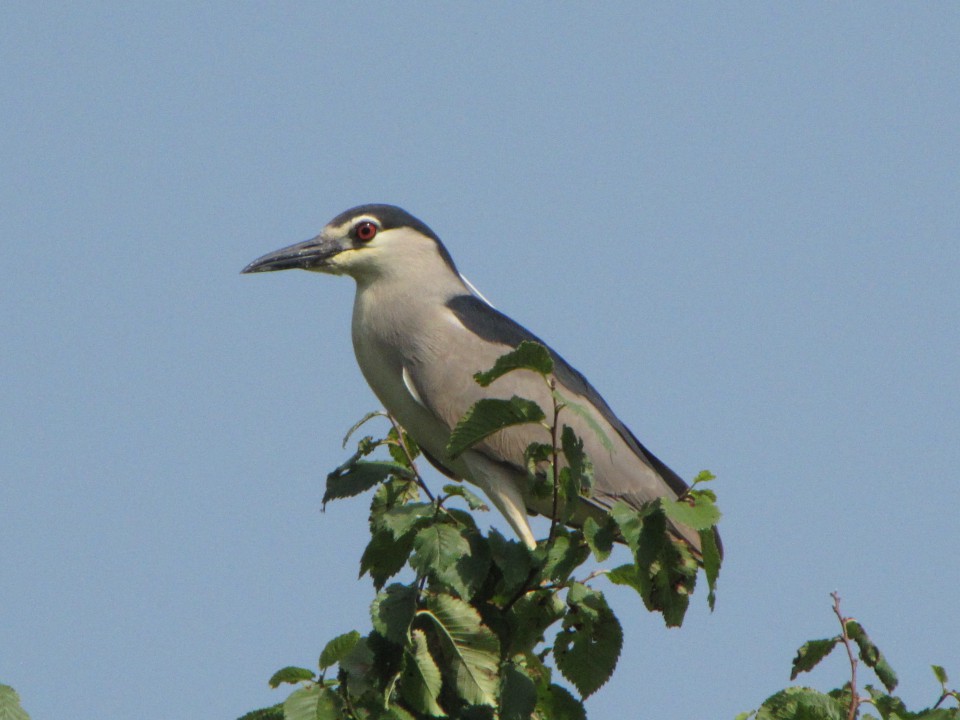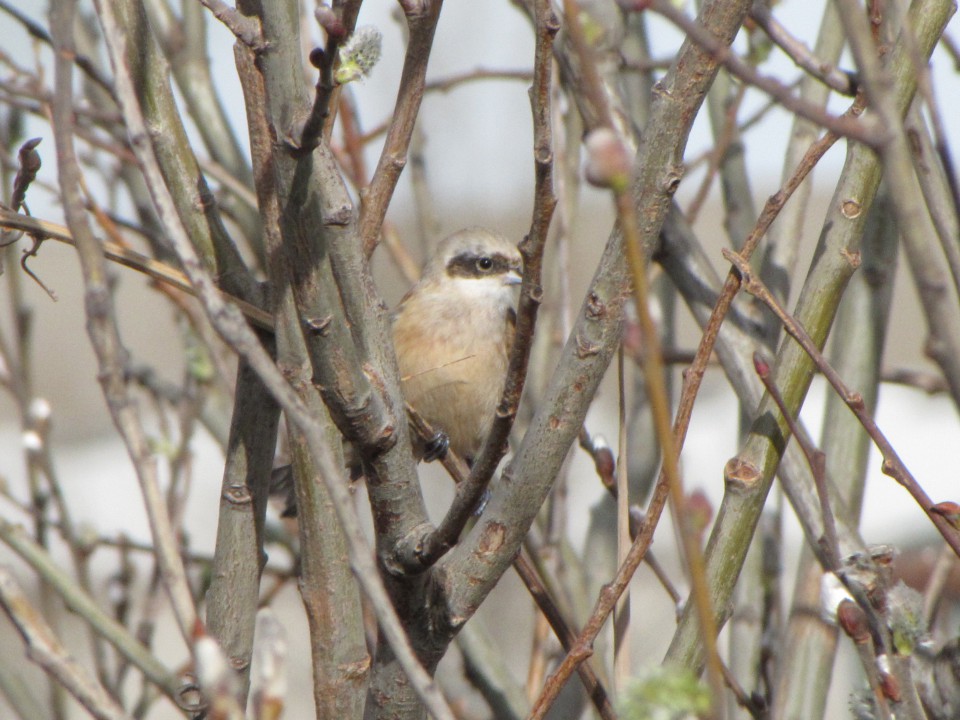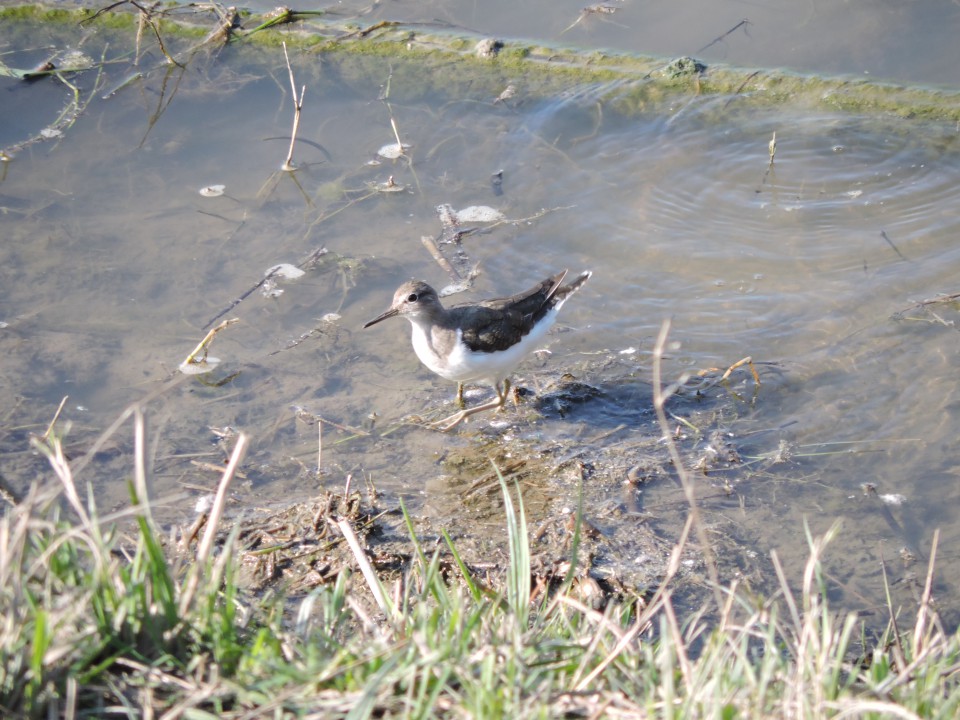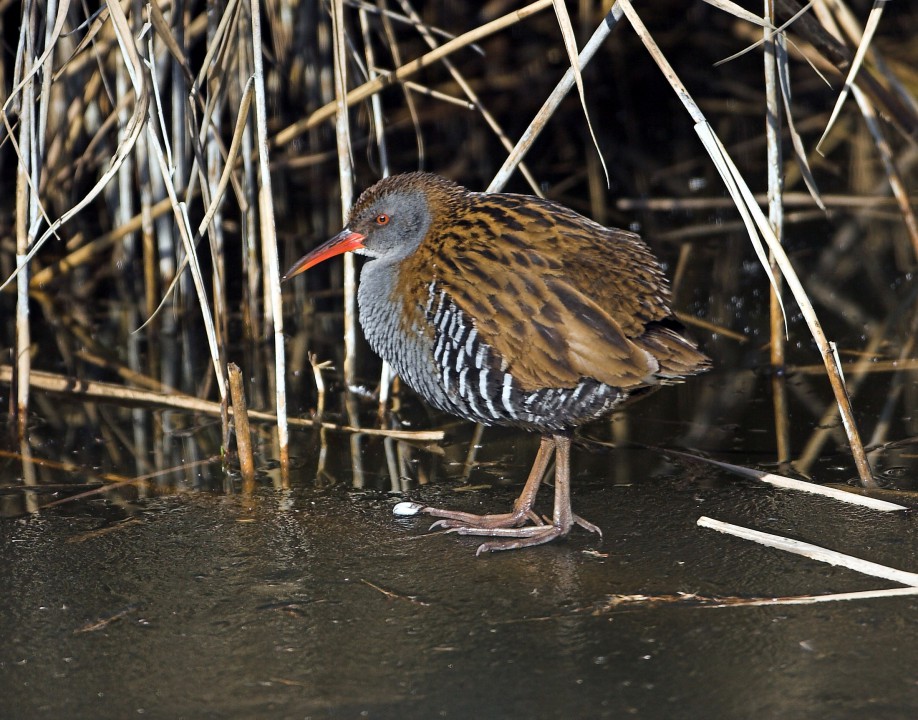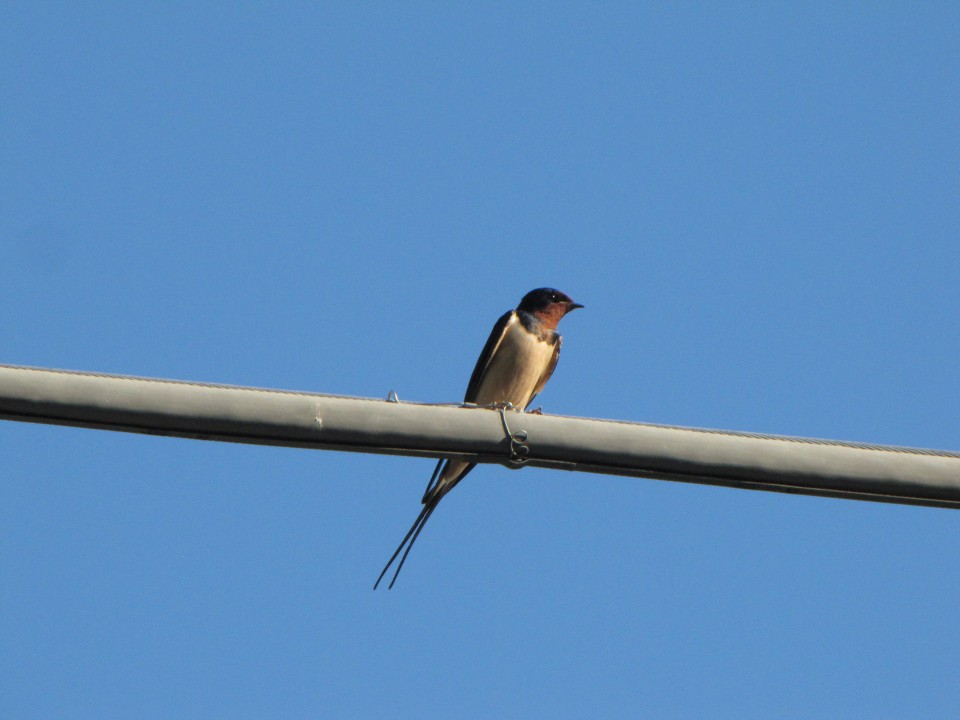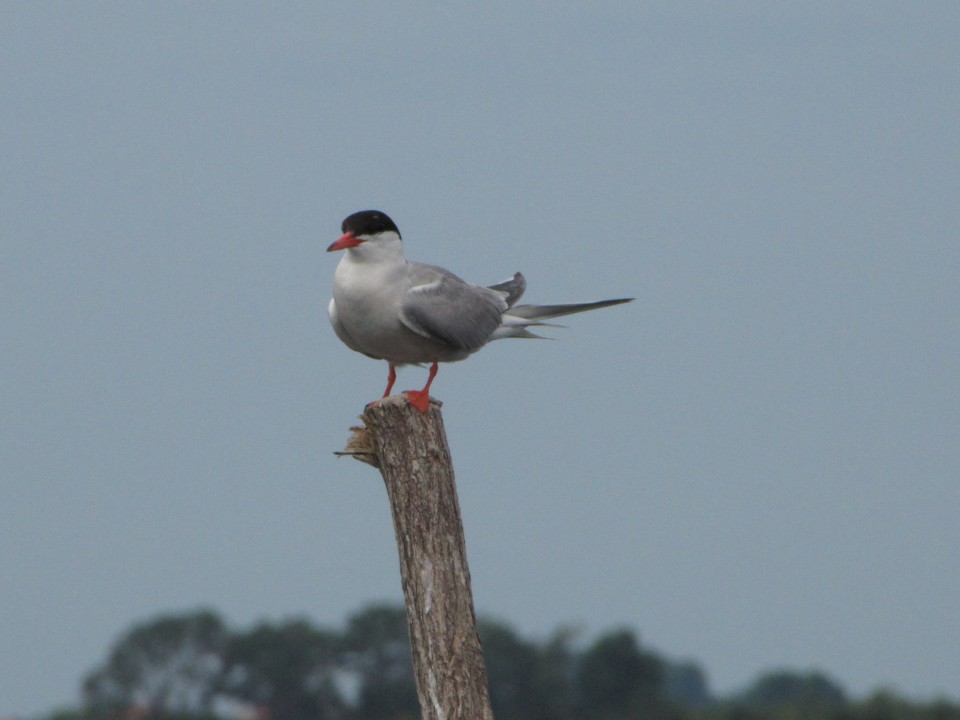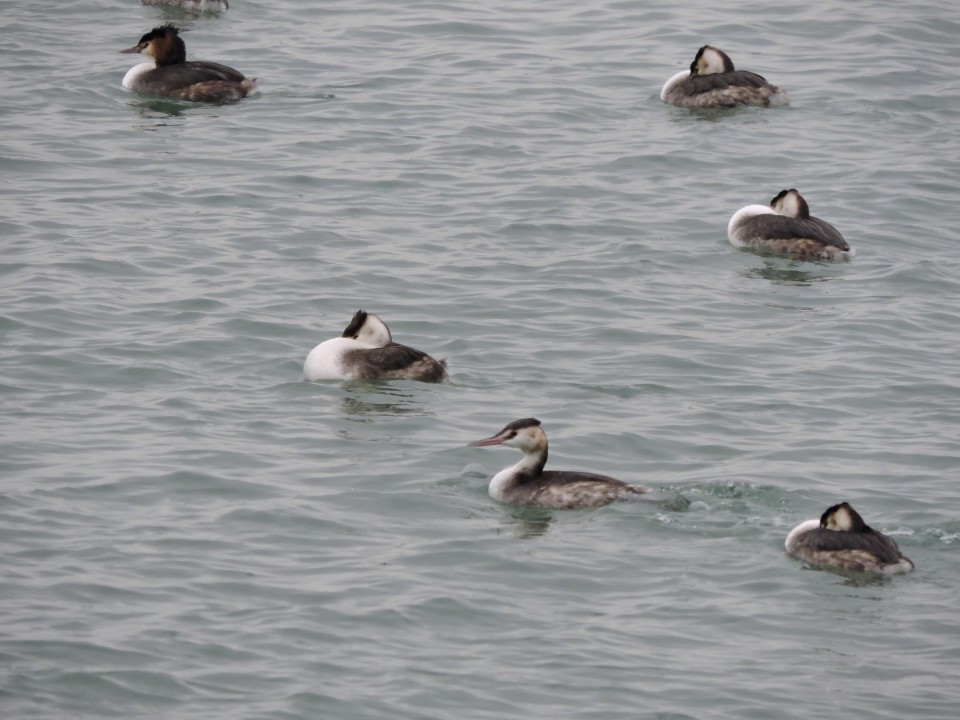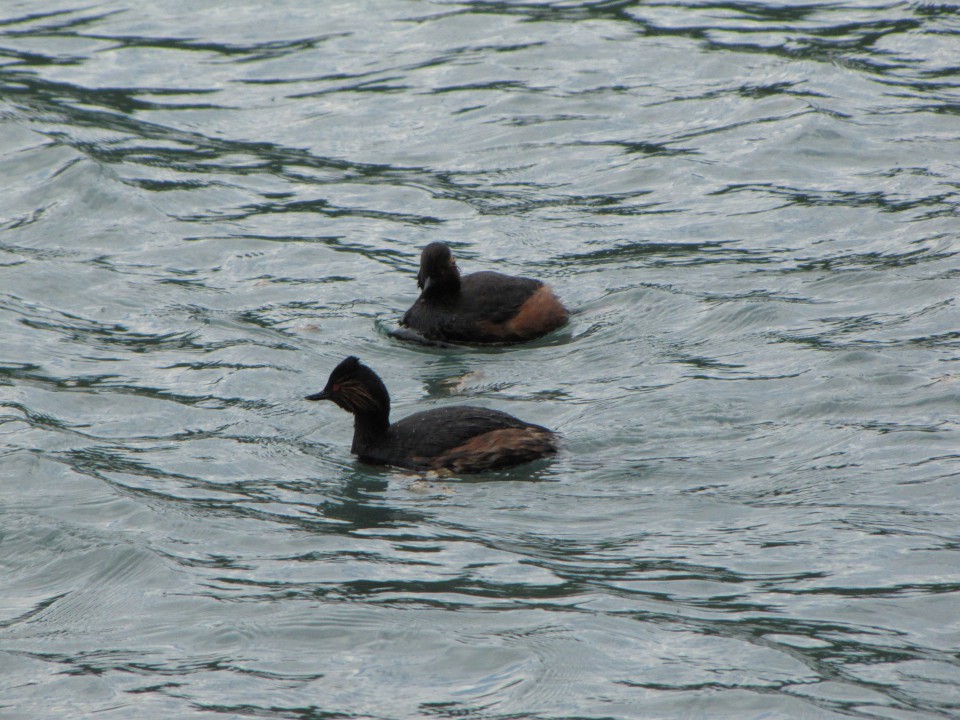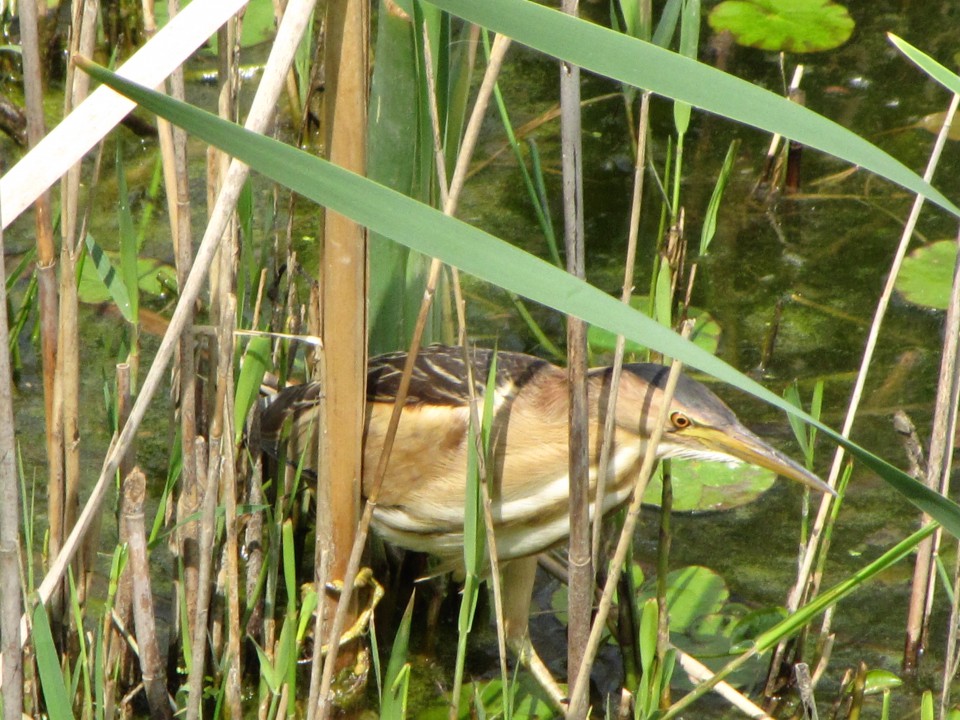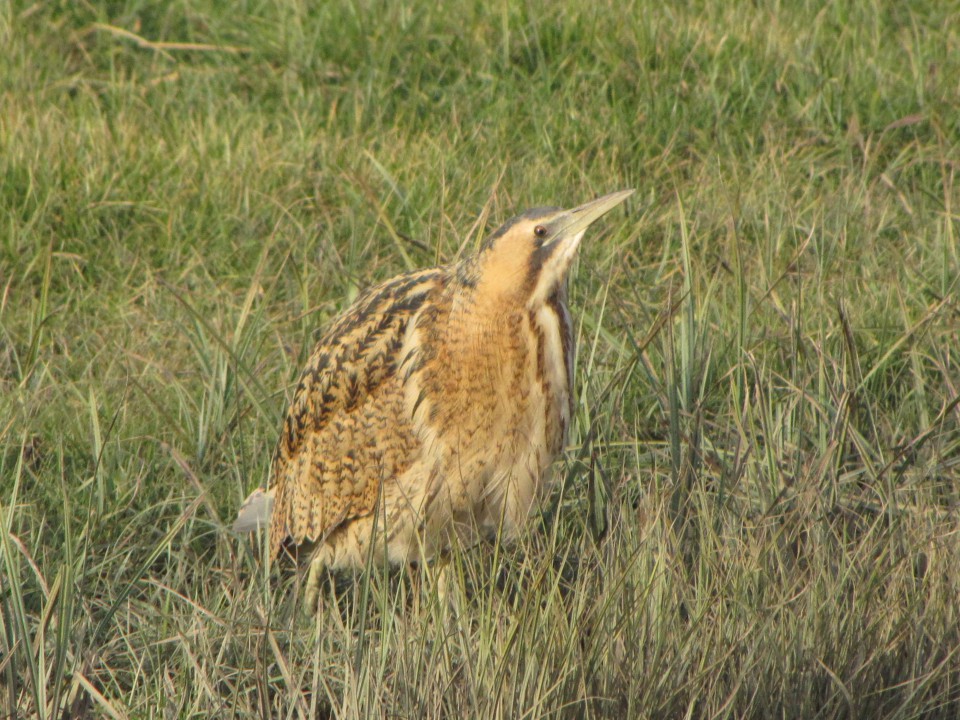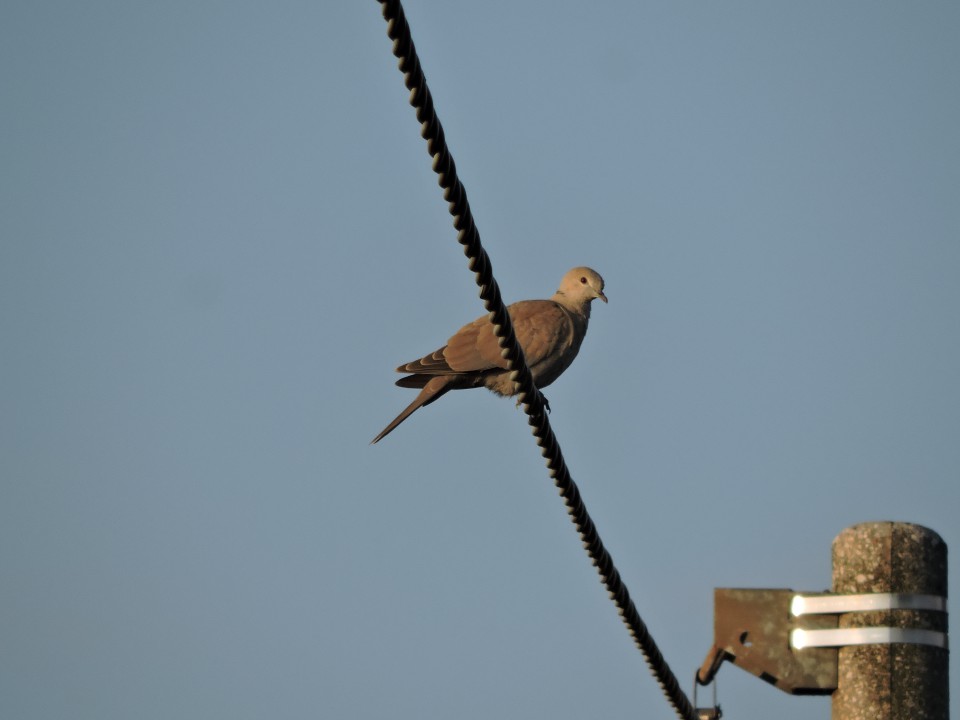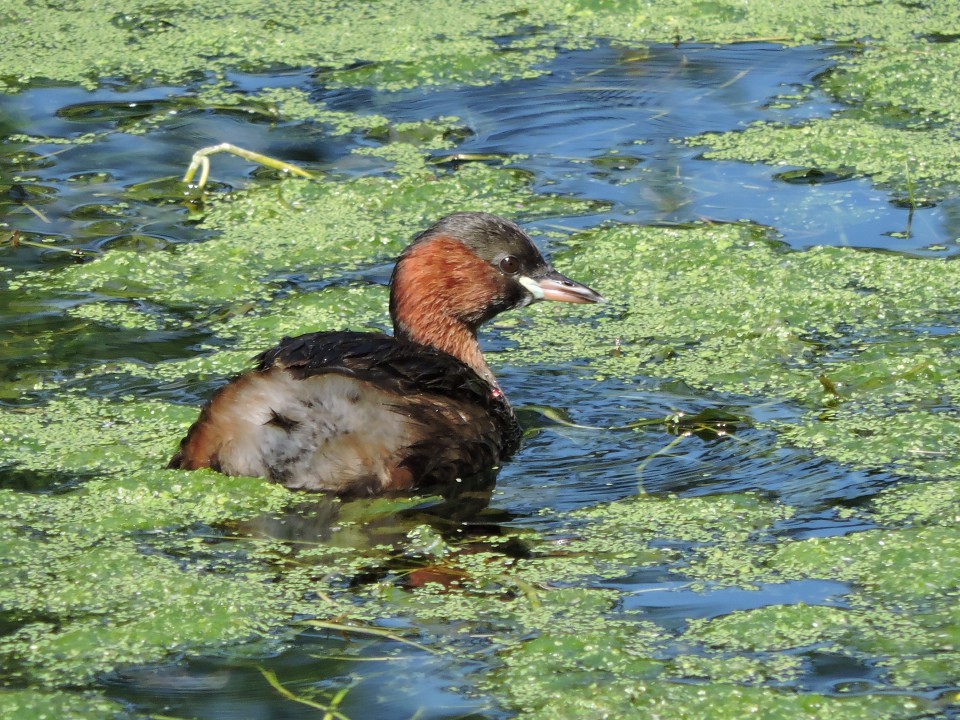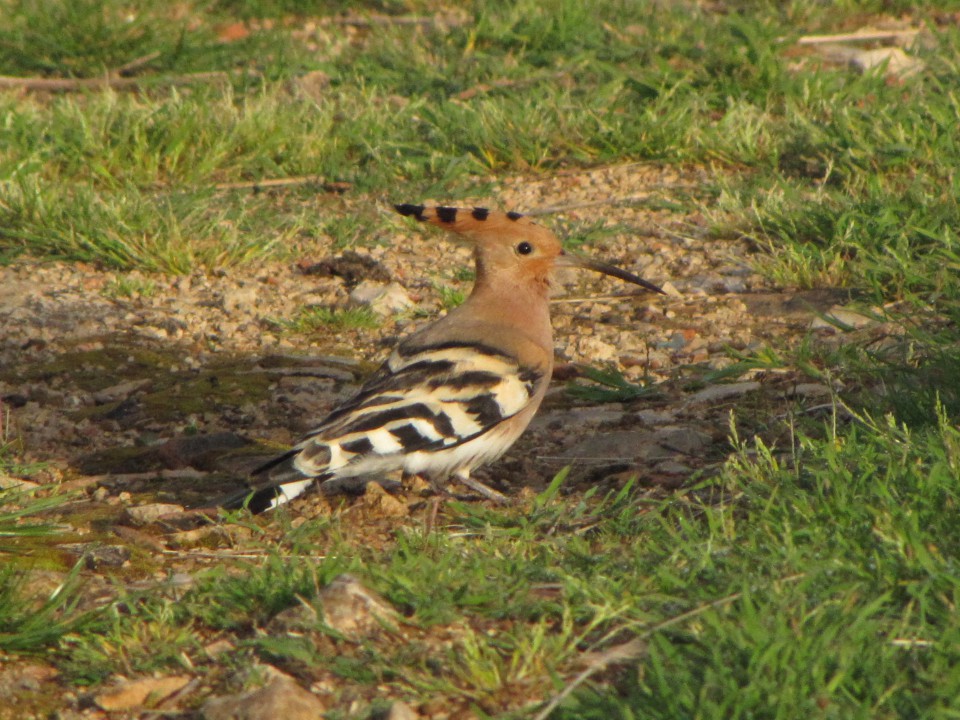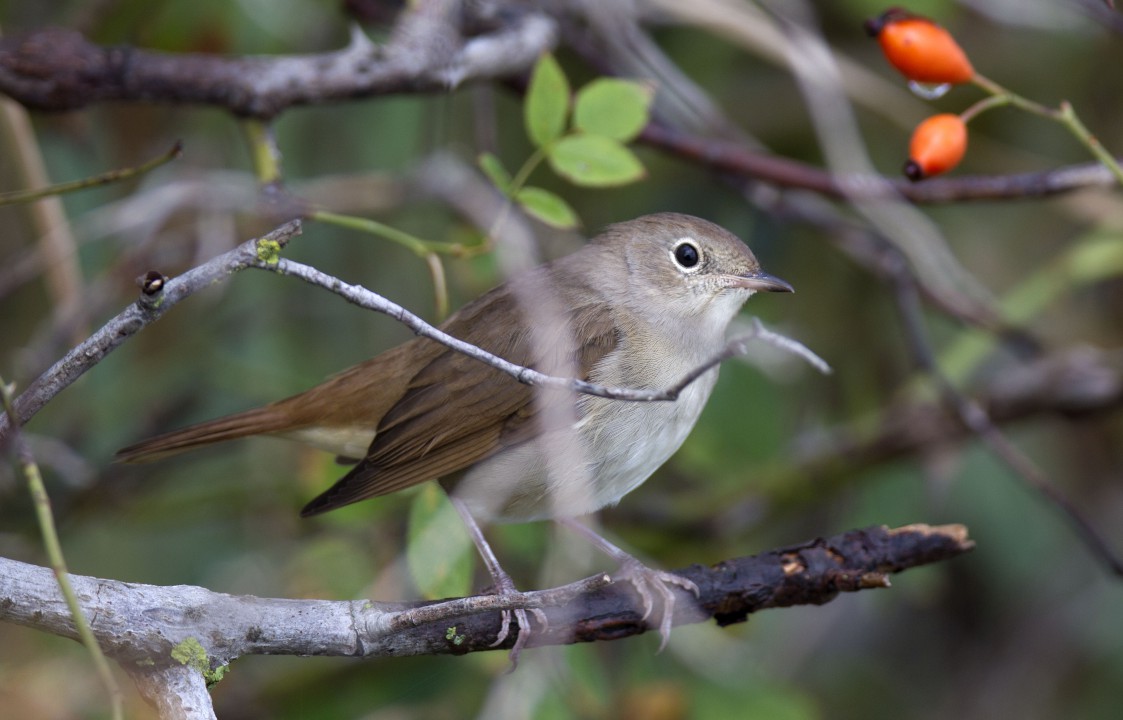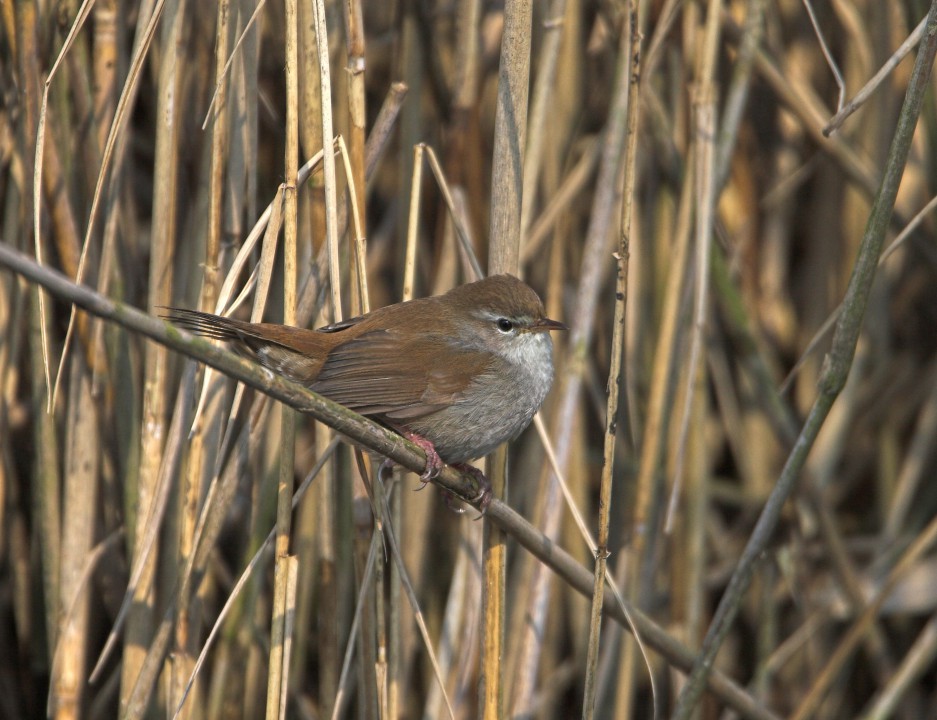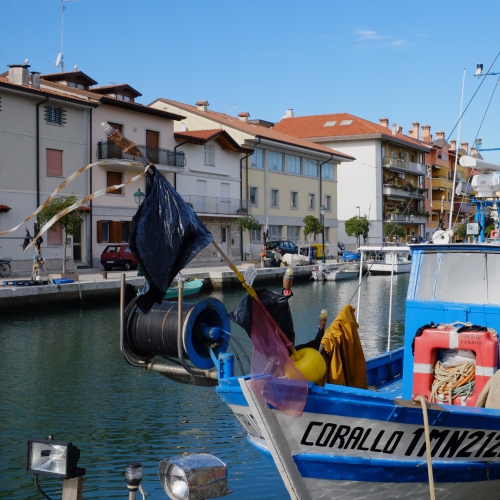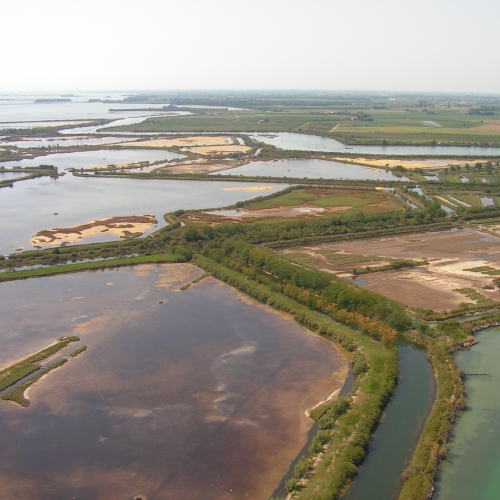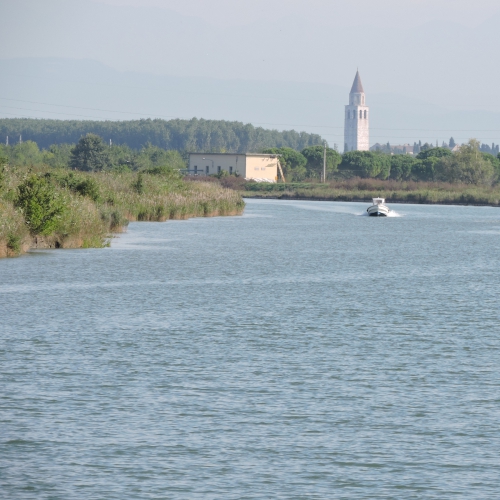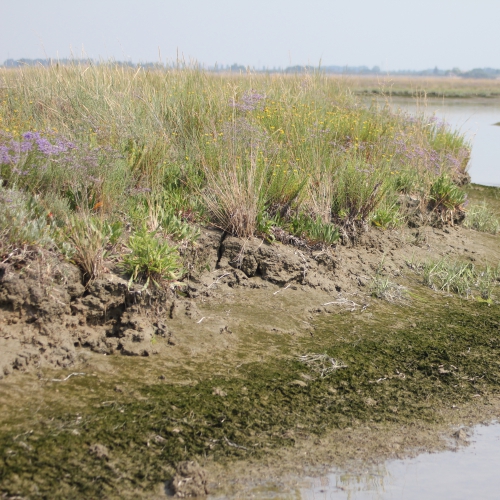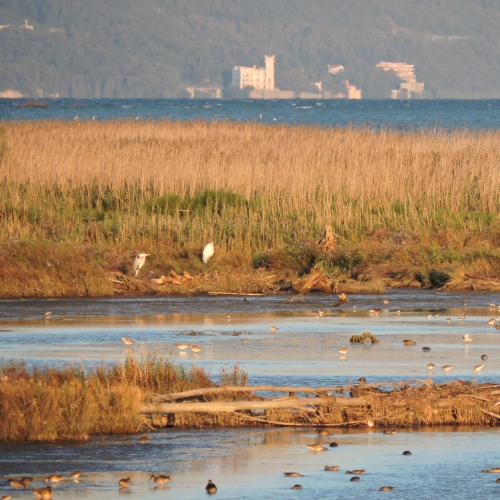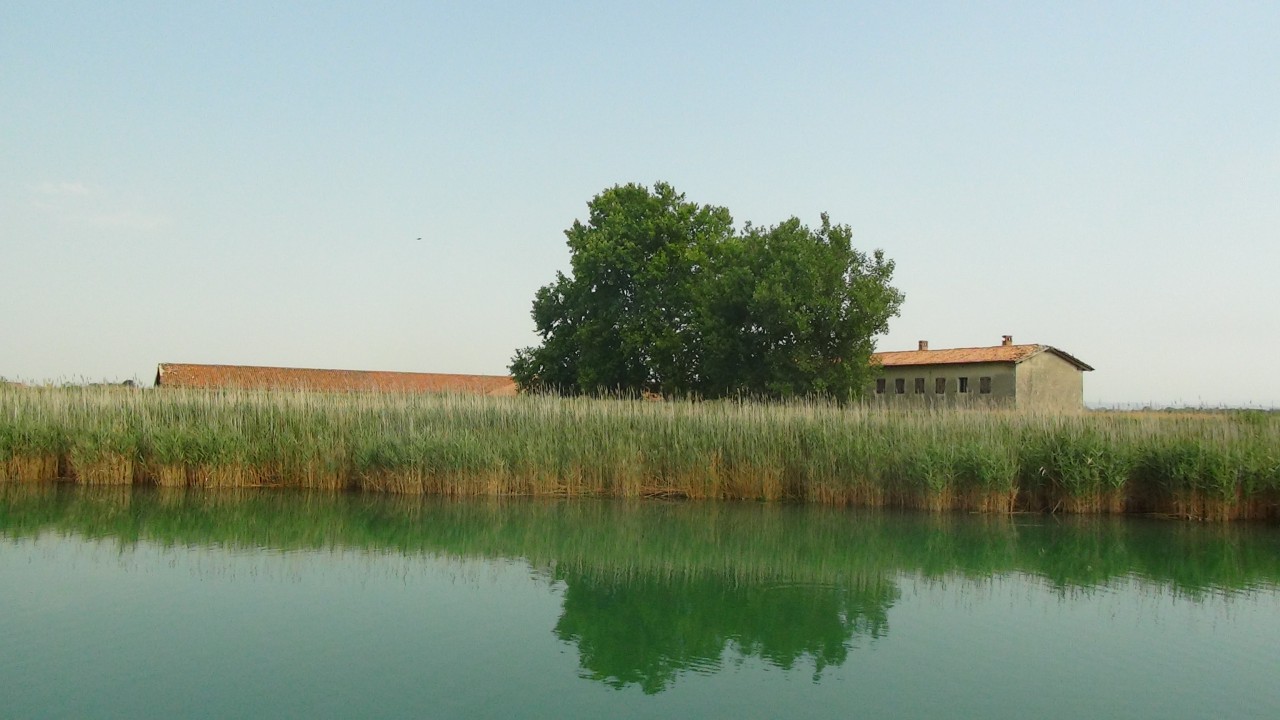
Description
The Isonzato is the last tributary of the Isonzo. It collects spring water and rainwater from the land on the right side of the Isonzo and from the reclaimed areas of Fossalon, Terranova and Isola Morosini, which are served by pumping stations as some of the terrain is below sea level. The watercourse maintains a characteristic meandering progress with riparian thickets and reeds, in particular at Isola Morosini. The birdlife is quite rich with the presence of bitterns and various passerines living in the reeds. There are some shore-operated lift nets for fishing. From the Isonzato, which is part of the Litoranea Veneta, a branch forks off called the Cucchini canal leading to the Zemole canal and the lagoon of Grado, and specifically to the area behind the Primero. Just before the junction that enables the Isonzato to be followed, near the left bank there is an old English oak (Quercus robur), a witness of the woods that used to cover the area before the reclamation and deforestation. With a small boat and paying attention to submerged vegetation one can sail up Isonzato towards the village of Isola Morosini.
Places of interest
The village lies between the Isonzo and the Isonzato and belongs to the comune of San Canzian d’Isonzo but its inhabitants have maintained...
Vegetation
This is a common aquatic plant found in particular in areas where fish are farmed and in areas with fresh water intake and low water exchange....
This is the typical oak of low-lying terrain with deep, humid soil. Found in lowland forests, along rivers and near springs, as well as in...
A tree species common along the rivers and coasts especially on sandy soils. Offering a fine form, it is used to line boulevards and decorate...
Like the white poplar, it is common along rivers and coasts, but is less tied to sandy soils. A hybrid variety is grown in poplar groves for the...
It may be found along rivers, near springs and accompanying the minor waterways of wetlands and peaty terrain. It can form pure forests in...
A shrub or small tree of rounded form normally present along waterways near springs, and amidst reeds on peaty and often flooded soils.
Frequent in many areas even away from water. Together with poplars, it is one of the main species in riparian forests and floodplains.
Frequent in lowland woods where it prefers the wettest locations. Found along rivers and near springs. Quite resistant to salinity, it also grows...
A shrub and small tree, it is resistant to drought and salty soils as mentioned by D’Annunzio in the poem “la pioggia nel...
This forms extensive reed beds, particularly at river mouths. It resists moderate salinity by reducing its size. It is used for trellises, locally...
A very common plant in freshwater wetlands and minor waterways producing the showy yellow blooms of this species in April-May.
It forms exclusive stands around the “mouths” of spring and is present along waterways and in floodplains on perpetually flooded peaty...
This plant with its showy summer flowering is well spread in freshwater wetlands and along minor waterways.
It forms exclusive stands or in association with the common reed at the mouth of rivers, in the presence of slightly brackish water. It used to be...
A halophyte species forming extensive spreads on sandbanks and very noticeable during the summer flowering.
This North American species has spread widely in floodplains and along the coasts. It is an exotic, infesting species that greatly modifies the...
A North American species common in cultivated areas and along rivers. Used for poles and firewood.
Traditions
The lagoon area and surroundings are characterised by zones below mean sea level, which need the use of pumps to drain rainwater from the area...
Habitats
Upstream of the lagoons, there used to stretch a vast forest of oak, hornbeam, elm and ash trees that took on the current range of flora about...
Areas normally above the water in a lagoon are called barene or salt marshes and are characterised by halophilic vegetation typical of...
In the last century, vast areas of the lagoons and surrounding marshes were drained to obtain new agricultural, industrial and urban land. To...
Birds
85-100 cm, sexes similar. White plumage, yellow beak which becomes black in the breeding season. Present throughout the year, it does not, however,...
84-102 cm, sexes similar. All year round, nesting in colonies in lagoon groves and other wooded areas inland. Nesting has been noted since 1999. Very...
45-52 cm, sexes similar. Present throughout the year. It reproduces in some lagoon groves associated with other species of herons. Nesting has been...
70-90 cm, Sexes similar. Present from late March to September, nesting in colonies in lush reeds in the lagoon of Marano and the restored areas of...
45-55 cm, marked dimorphism, the male is grey with black wing tips, the female brown, and both have a white rump. Present during migration and...
34-38 cm; this is the smallest duck. Mainly a wintering species, some pairs do nest here and concentrations of teal can be observed in freshwater...
23-28 cm, sexes similar. With well-camouflaged streaked brown plumage, it has a long beak and a characteristic zig-zag flight. Present from July to...
46-56 cm, with characteristic white speculum. Mainly a wintering species, but some pairs nest here. It frequents freshwater wetlands, the mouth of...
12.5-14 cm, light brown plumage with pale belly. Present from April to September in the reeds where it nests. It is the most common species of...
16-20 cm, sexes similar. Light brown with whitish underparts. Present from April to September in the reeds where it nests. Its loud song...
140-160 cm, white, grey in juveniles, tubercle at the base of the beak, most evident in males. Present throughout the year, numerous at river mouths...
23-28 cm, sexes similar, greyish. It is the most frequent nocturnal bird of prey and can be observed in agricultural areas often near the buildings...
38-43 cm sexes similar, grey with white wing bands. Present throughout the year, it commonly nests in the groves of the lagoon islands and in...
77-94 cm, sexes similar. Like pelicans and boobies, they have the 4 fingers joined by a membrane to facilitate swimming. The species is present...
15-16 cm, the male with grey head and white throat in the cinerocapilla subspecies, yellow belly, long tail with white outer feathers. During...
43-55 cm, marked dimorphism, with the male more colourful while the female is dark with pale-yellow head and shoulders. Present throughout the year,...
52- 60 cm, the upperparts dark, white underside, long wings. Present during migration, especially in April-May and August-September. Relatively...
36-42 cm, sexes similar. Sooty black in colour with white beak and frontal shield. It runs over the water to take flight. Present throughout the...
35-39 cm, sexes similar. In February, it gains the dark brown cap for the breeding season, which it then loses in July-August. Present throughout the...
37-40 cm, sexes similar. Compared to the black-headed gull, the beak is more massive and coral-red, it has a black head – during nesting – and...
52-58 cm, sexes similar. Grey upperparts, white lower parts. Present throughout the year and abundant, nesting in the lagoon, on the roofs of houses...
27-31 cm, sexes similar. Dark with tail in part white and red and yellow beak. Present throughout the year, it nests in freshwater and brackish...
55-65 cm, sexes similar. White plumage with long feathers on the neck and back during the breeding season. Present throughout the year round, nesting...
40-46 cm, sexes similar. It is smaller than the black-headed gull. Present from November to April, numerous in some winters, it frequents the sea,...
50-60 cm. With marked dimorphism, this is the ancestor of the domestic duck. Present throughout the year, it is very adaptable, frequenting both...
31-37 cm, the male with a grey head and tail, rufous upperparts, the female with rufous barred tail. Present throughout the year, it nests in the...
96-119 cm, sexes similar. Grey with black and white head and the tips of the wings black. It flies with outstretched neck, unlike herons which fly...
25-29 cm, sexes similar. A very colourful bird, it has a distinctive flight suited to capturing large insects in flight. It perches on leafless...
29-35 cm sexes similar, dark uppers, with speckled chest and lower parts red. Present from April to October, it nests in the riparian forests along...
45-55 cm, sexes similar. It is present throughout the year and nests in colonies, associating with various species of herons in some groves of the...
17-19 cm, sexes similar. Blue upperparts, red underparts with large, dark beak dark and very short tail, which in flight makes it resemble a...
37-41 cm. The male has a characteristic white stripe from the eye to the nape. A migratory species, it is present from March to September. It...
44-52 cm; the male this a distinctive white chest. Mainly a wintering species, some pairs breed here. It frequents wetlands with low salinity and the...
13.5-15.5 cm - the male in wedding dress has a black head. In winter, the plumage of both sexes are the same, of a brownish coloure and with...
58-65 cm, sexes similar, the adult black and grey, the juveniles brown. Present from spring to autumn, rare in winter. It nests in colonies...
10-11.5 cm, sexes similar. Grey head with a black eye streak. “Theoretically” present throughout the year in reed beds and riparian woods, now...
18 to 20.5 cm light brown uppers. white on the lower parts. The wings have a narrow light-coloured bar and are often blocked briefly in flight....
48-56 cm, sexes similar, plumage varies widely, generally brown with light patches. Present all year round, most numerous even in the largest lagoon...
23-26 cm, sexes similar. Grey under parts, brown stripes on uppers, long, curved beak. Present throughout the year, it is more numerous in winter and...
17-21 cm, sexes similar. Black upperparts, red throat and whitish belly. Present from March to April and from September to October, it nests in rural...
34-37 cm, sexes similar. Light grey upperparts and white underparts, with black cap and red beak. It is the classic tern, frequent from April to...
46-51 cm, sexes similar. Grey upper part, whitish beneath, while in its nuptial plumage it reveals obvious tufts on the head and below the eyes....
28-34 cm, sexes similar. Grey and off-white in winter, in March it has a black neck and a yellow tuft behind a red eye. Present from August to April,...
22-28 cm, the male yellowish and black on the head, back and wings, the female similar but with brownish instead of black. It is the smallest...
69-81 cm, sexes similar. Camouflaged plumage. Present during wintering and migration. It nests here occasionally. Frequents freshwater wetlands with...
29-33 cm, sexes similar. Plumage light beige with black collar. Present all year round, often associated with human settlements in cities, towns and...
23-29 cm, sexes similar, brown in winter, black with rufous cheeks in the breeding season. Present throughout the year, it nests in freshwater...
25-29 cm, sexes similar, orange plumage striped with black, erectile crest on the head, flickering flight. Present from April to September and fairly...
15-16.5 cm, sexes similar. Reddish brown upperparts, and light in underparts. Present from April to September. It nests in coastal and riparian...
13-14 cm, sexes similar. Reddish brown plumage, loud, crackling song, especially when a human intrudes on the territory of a male. Present throughout...

